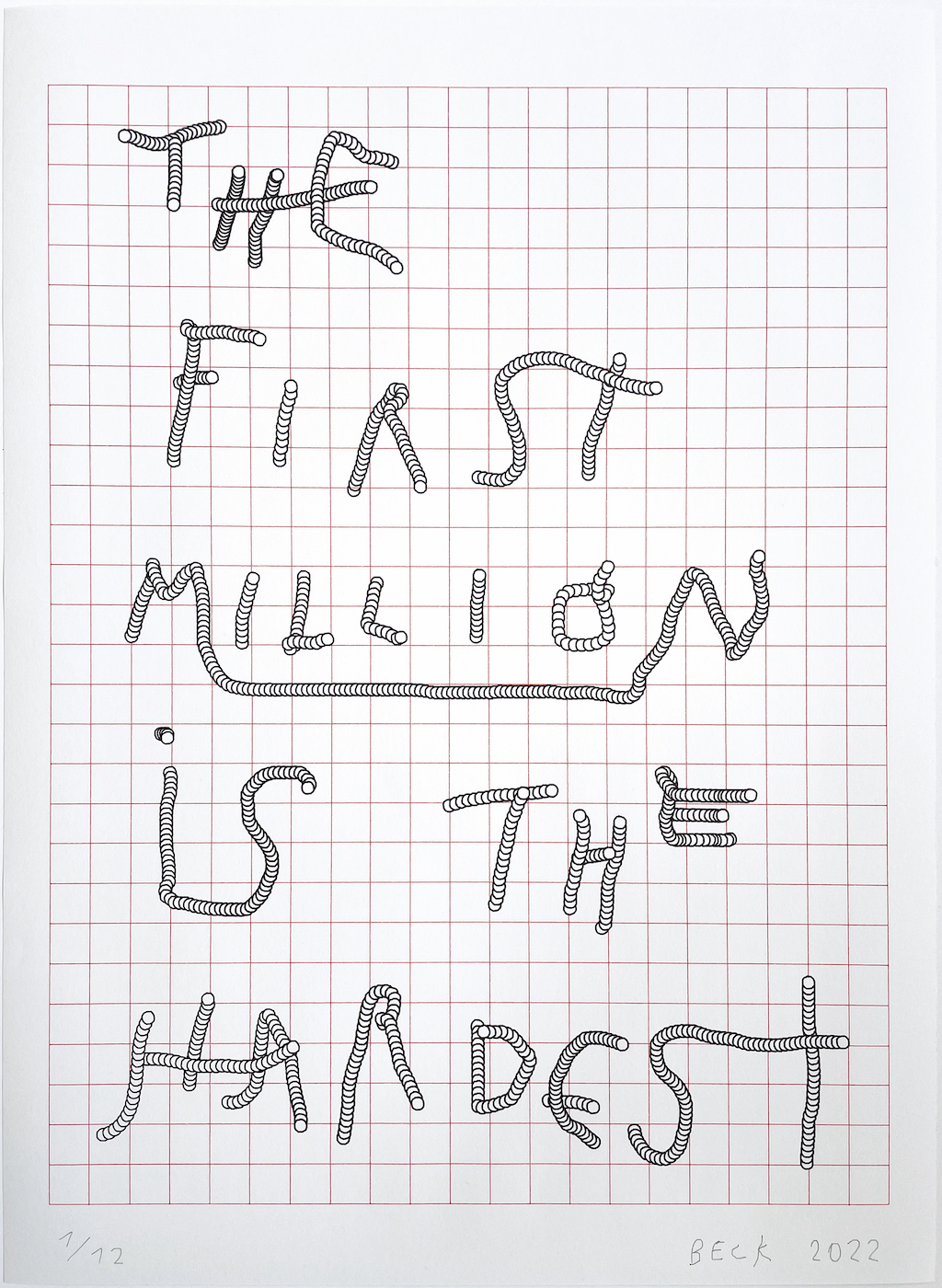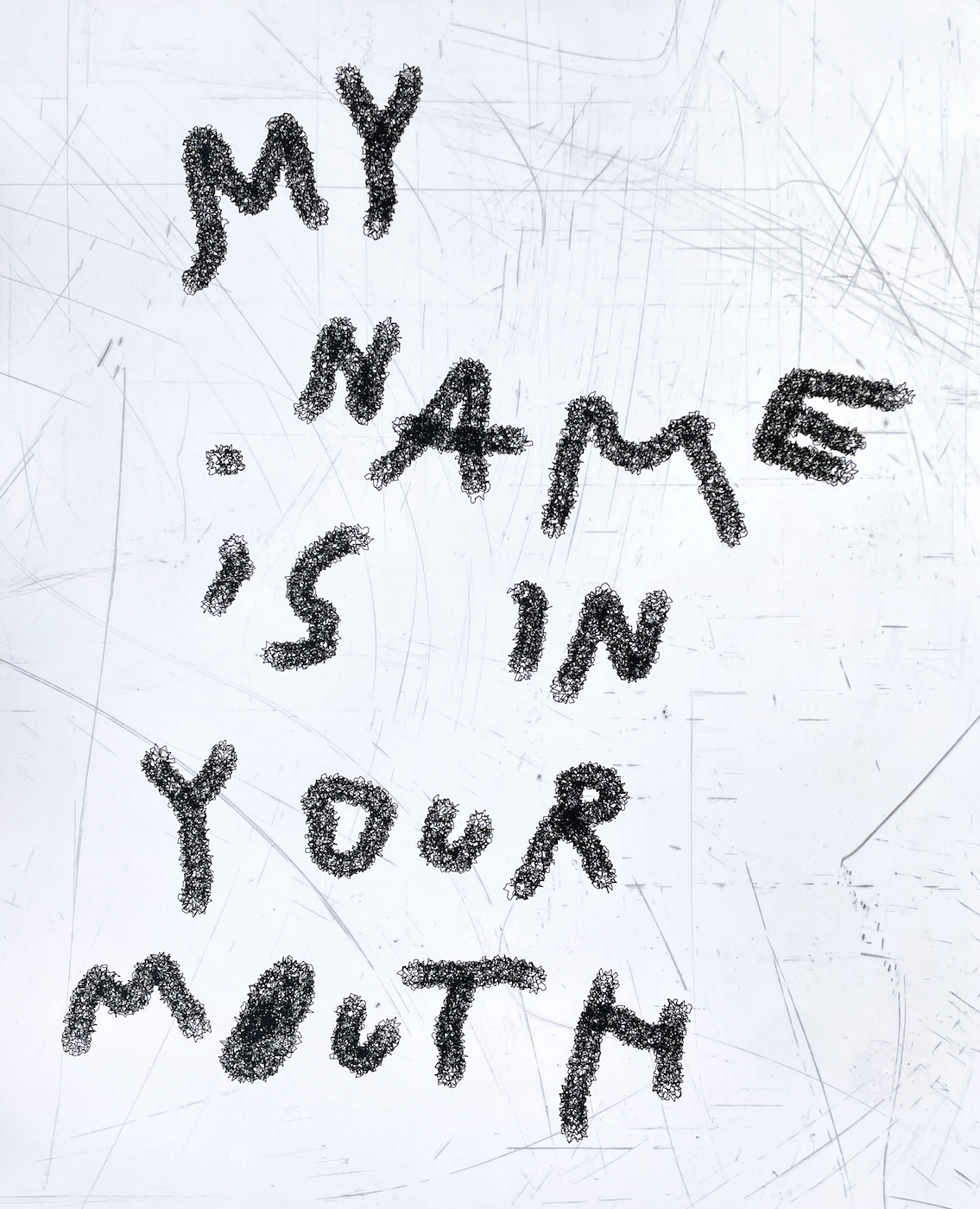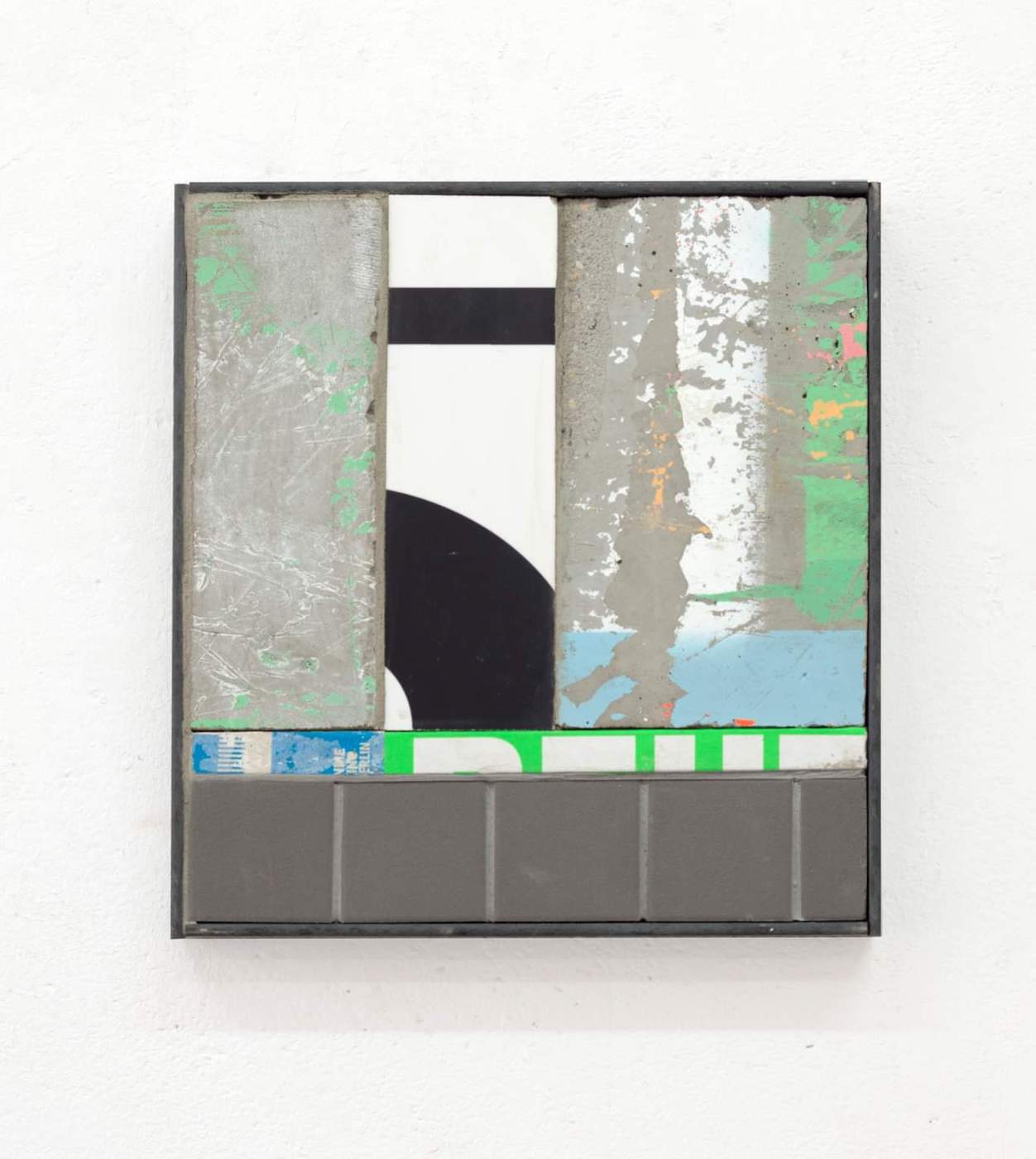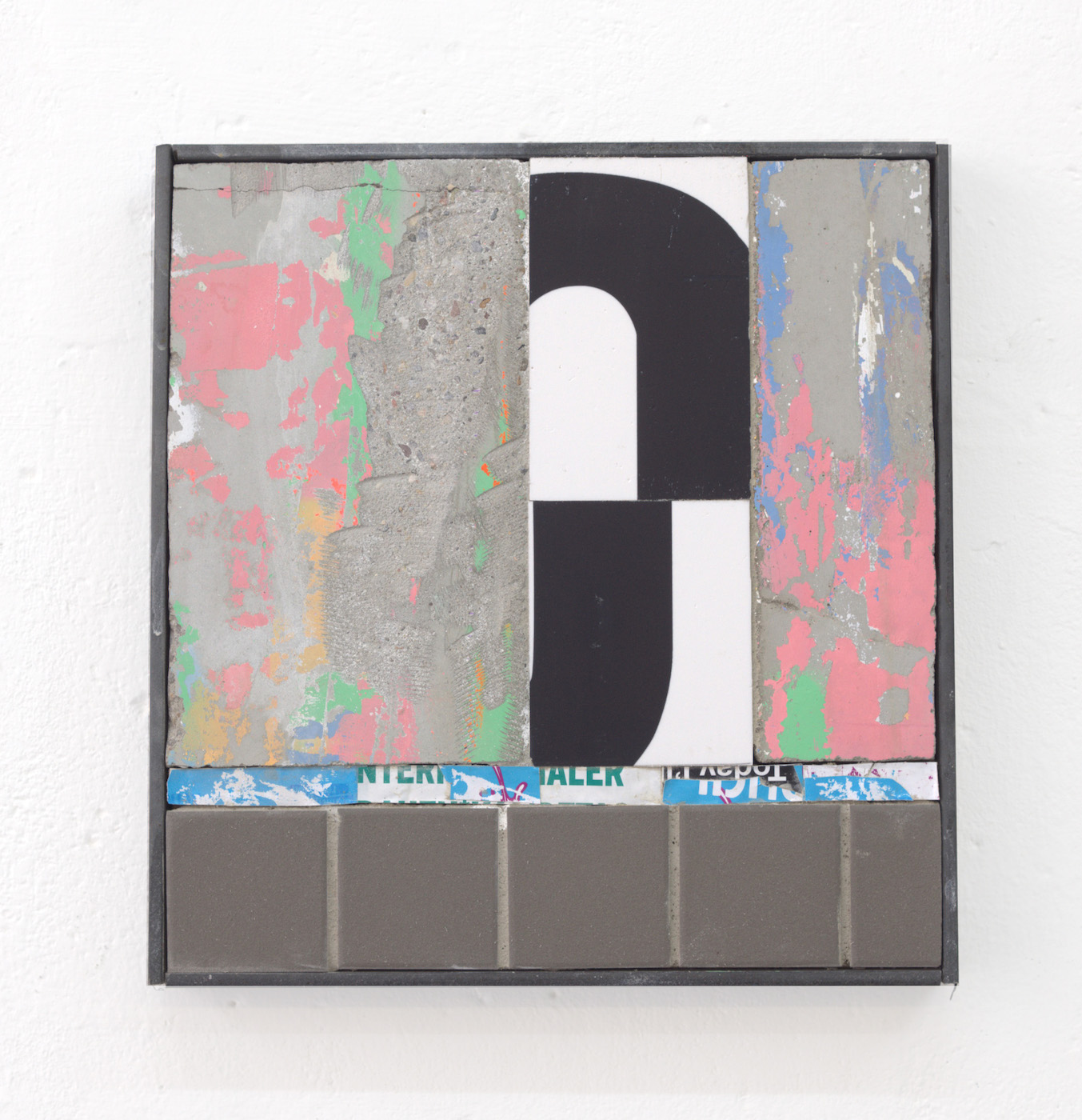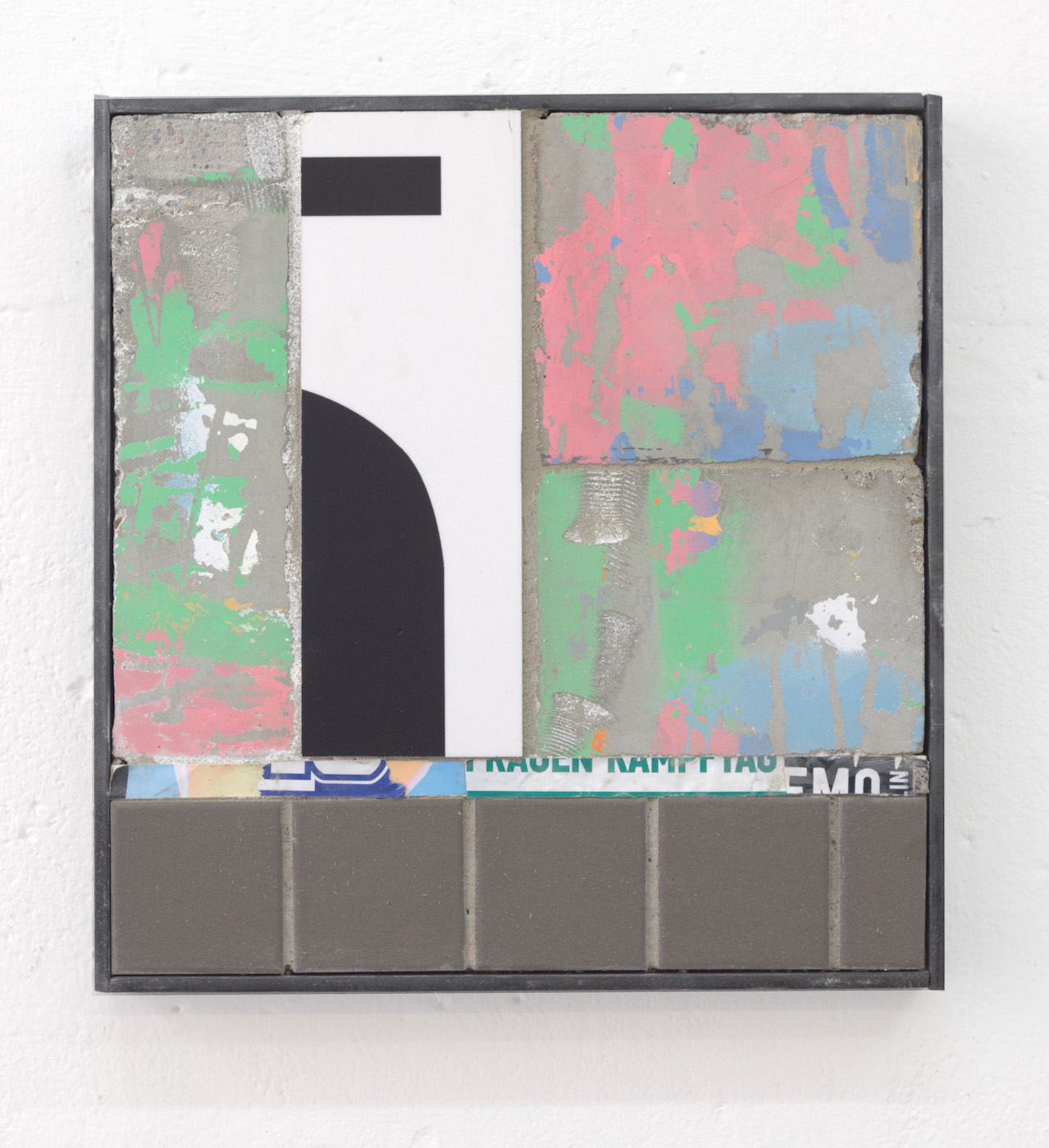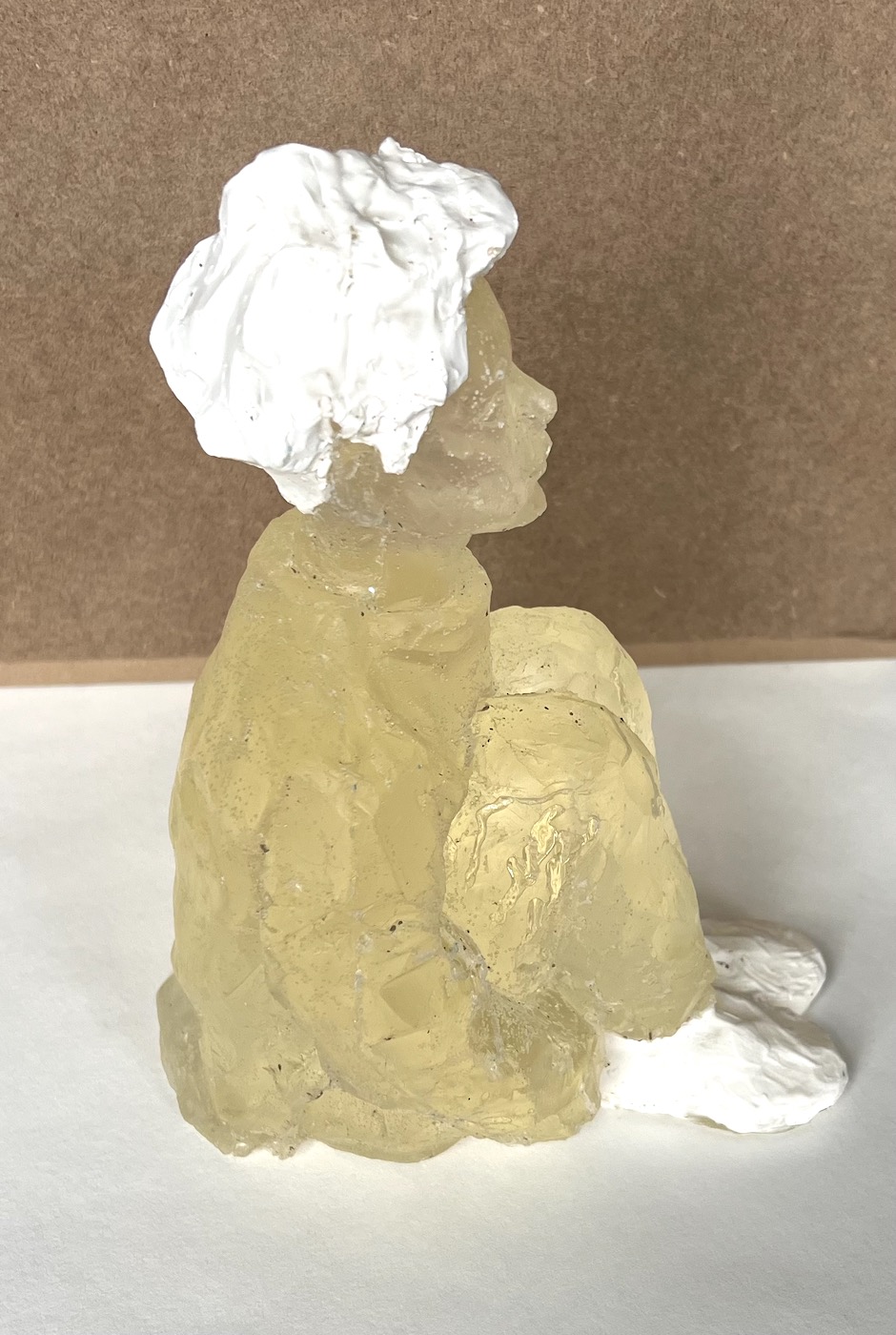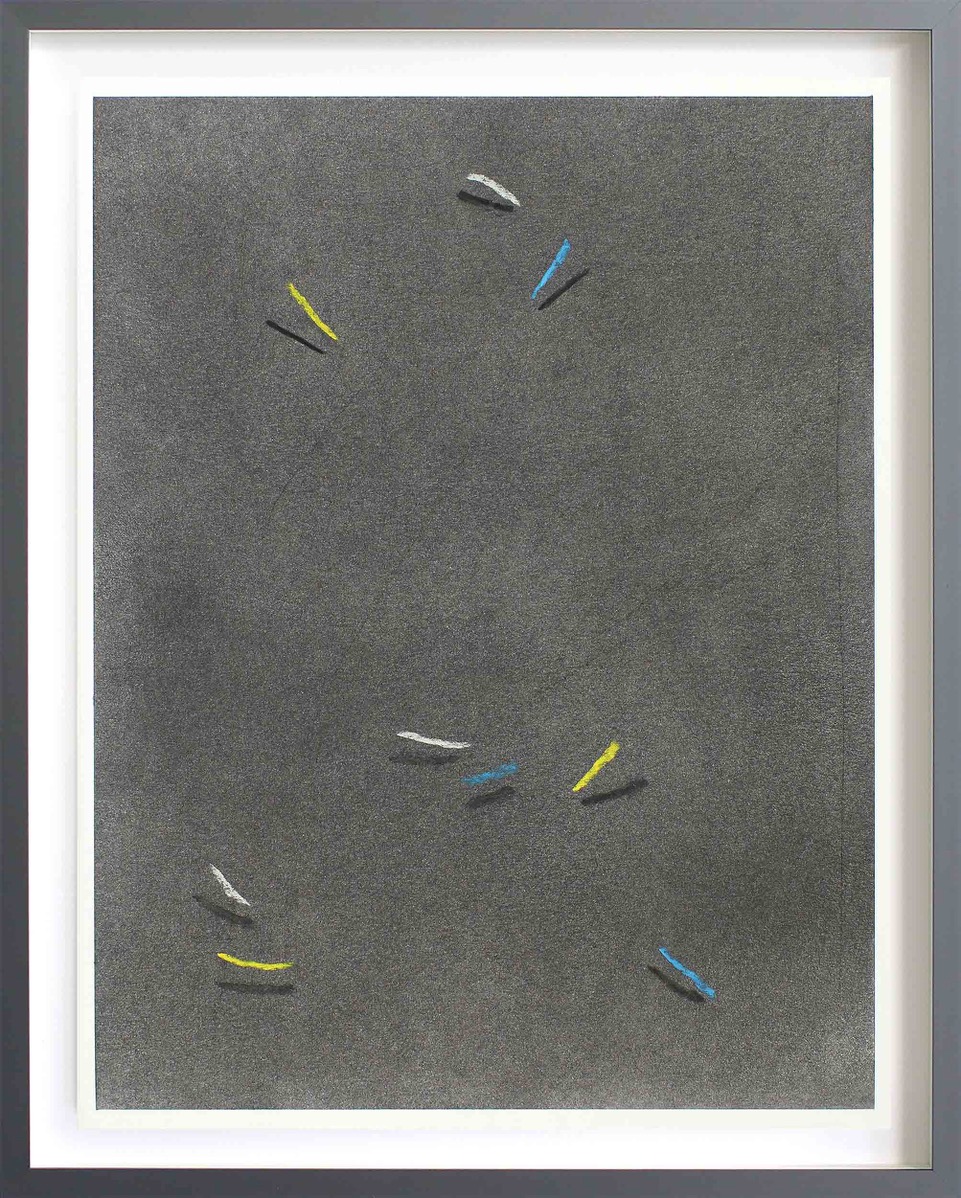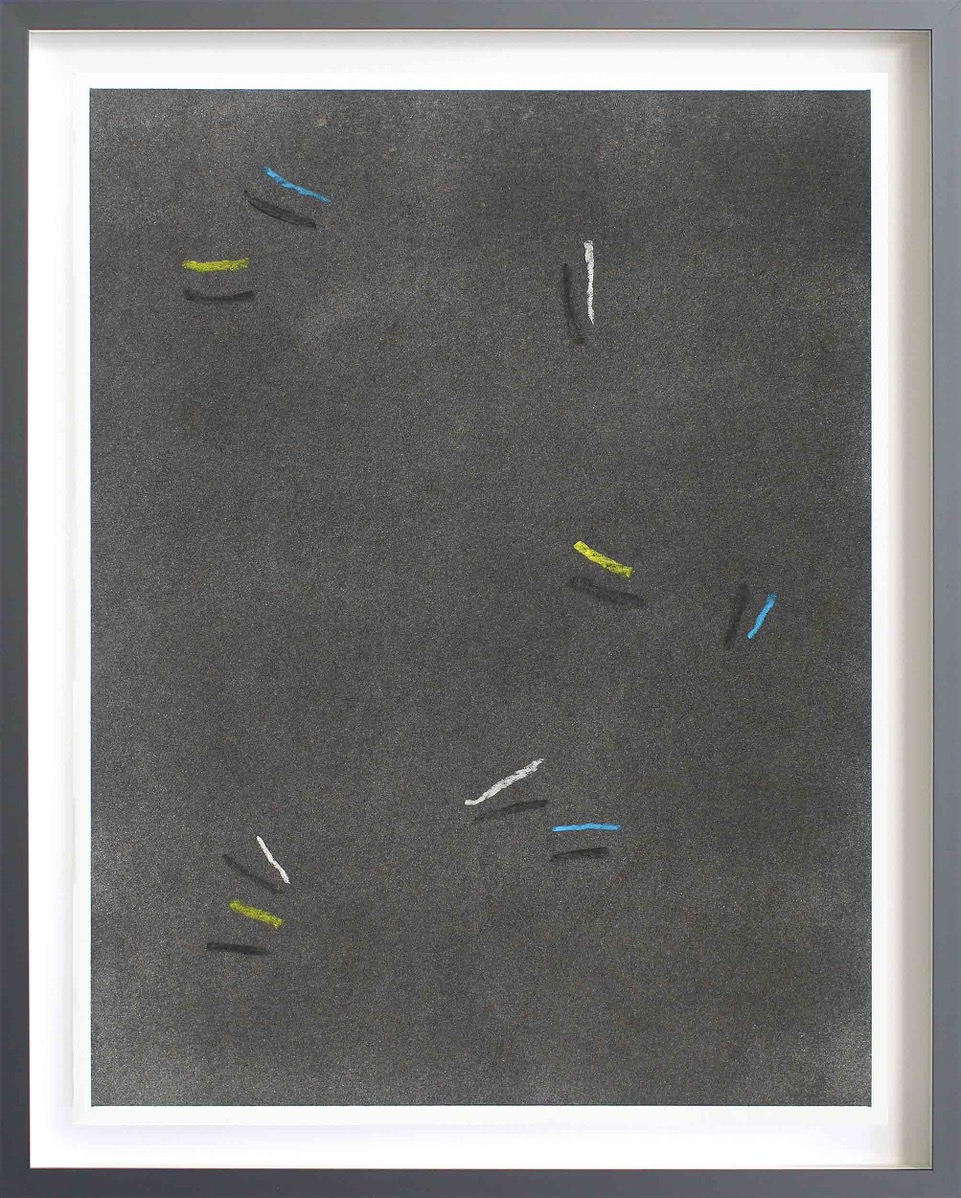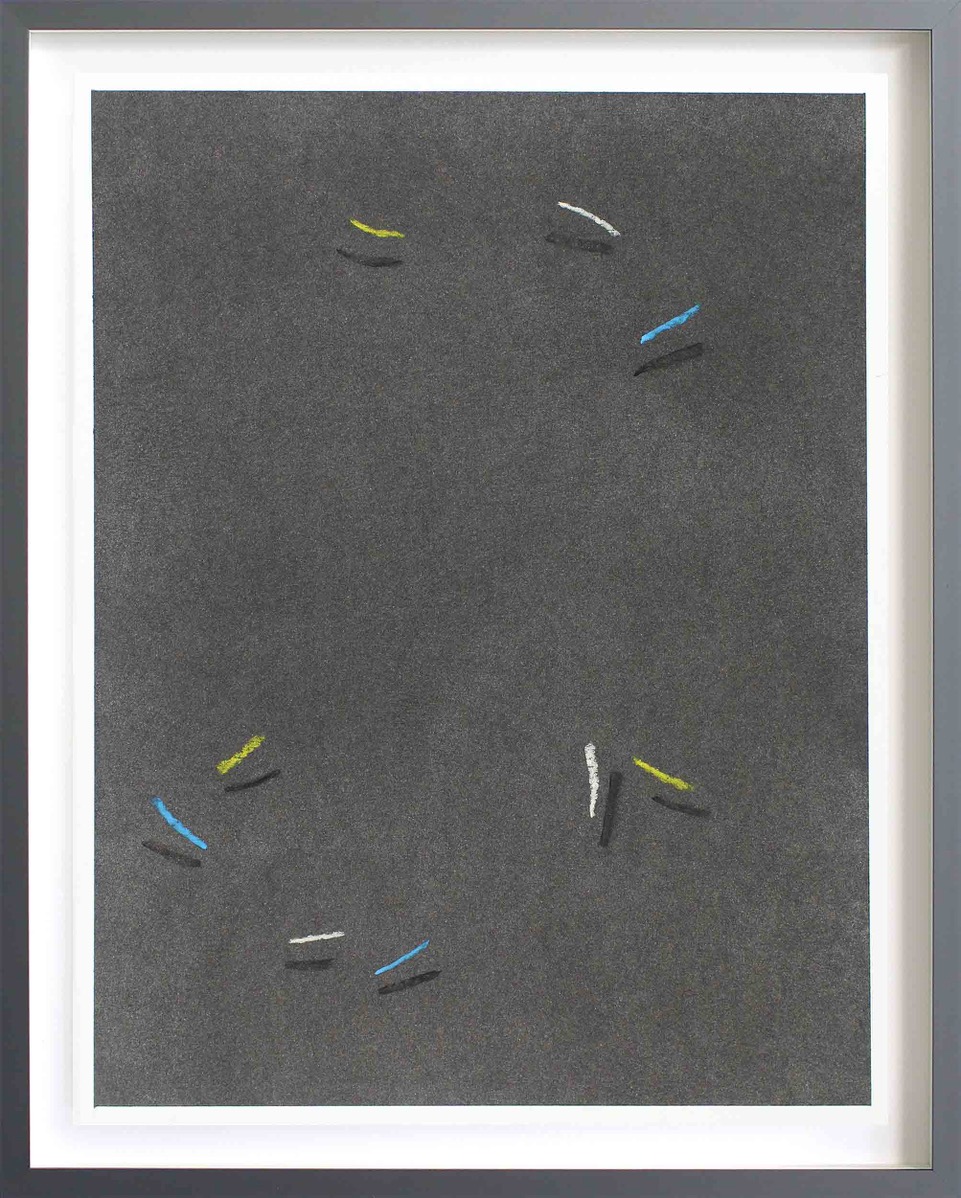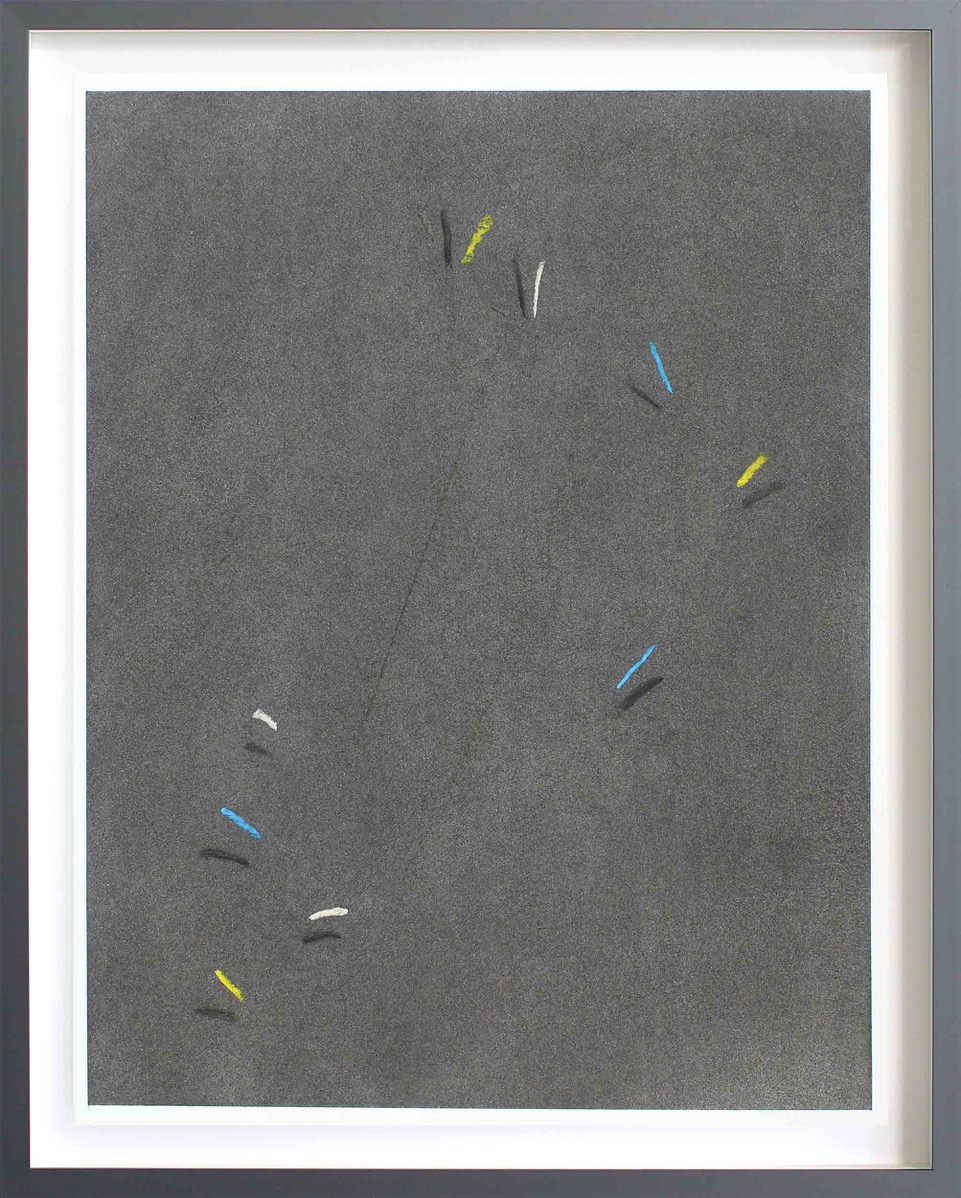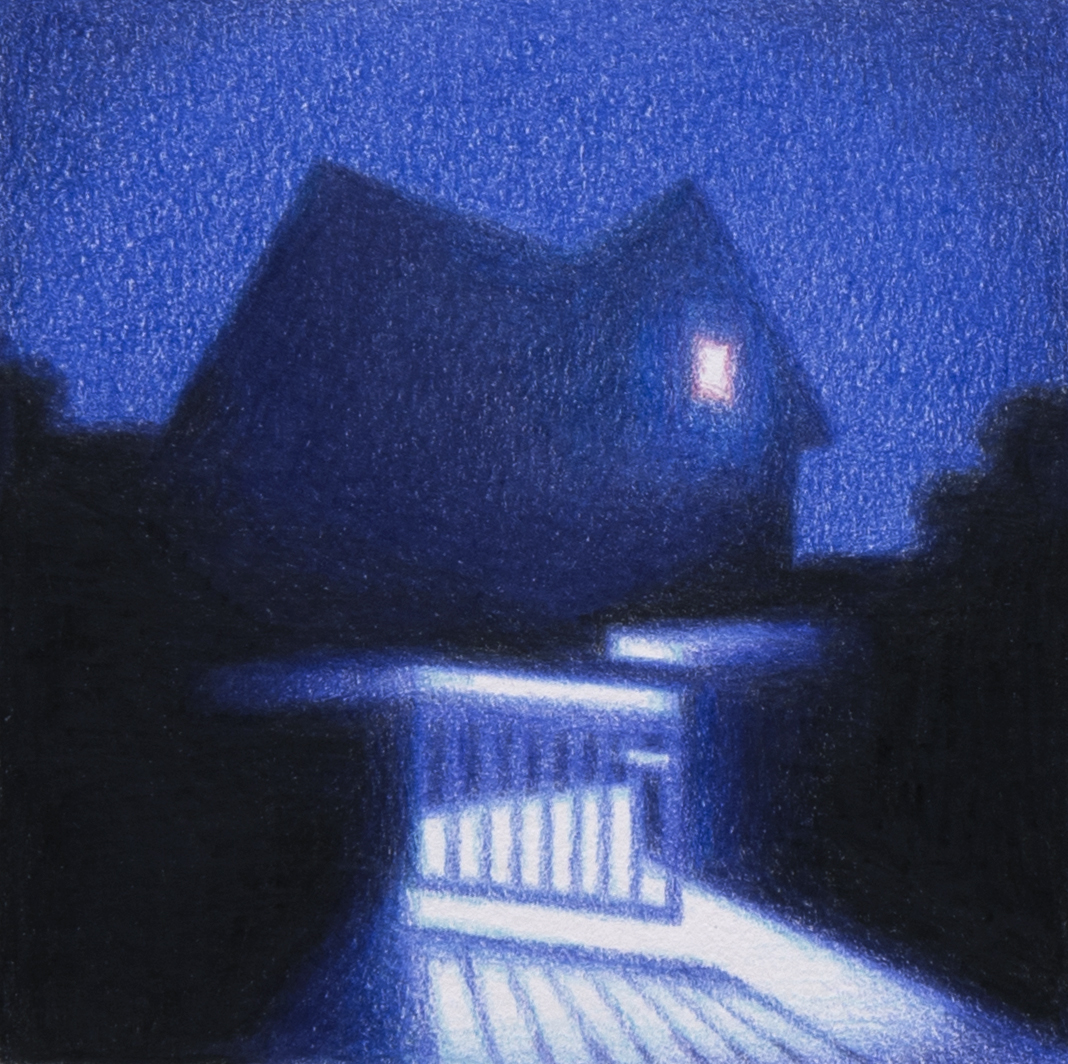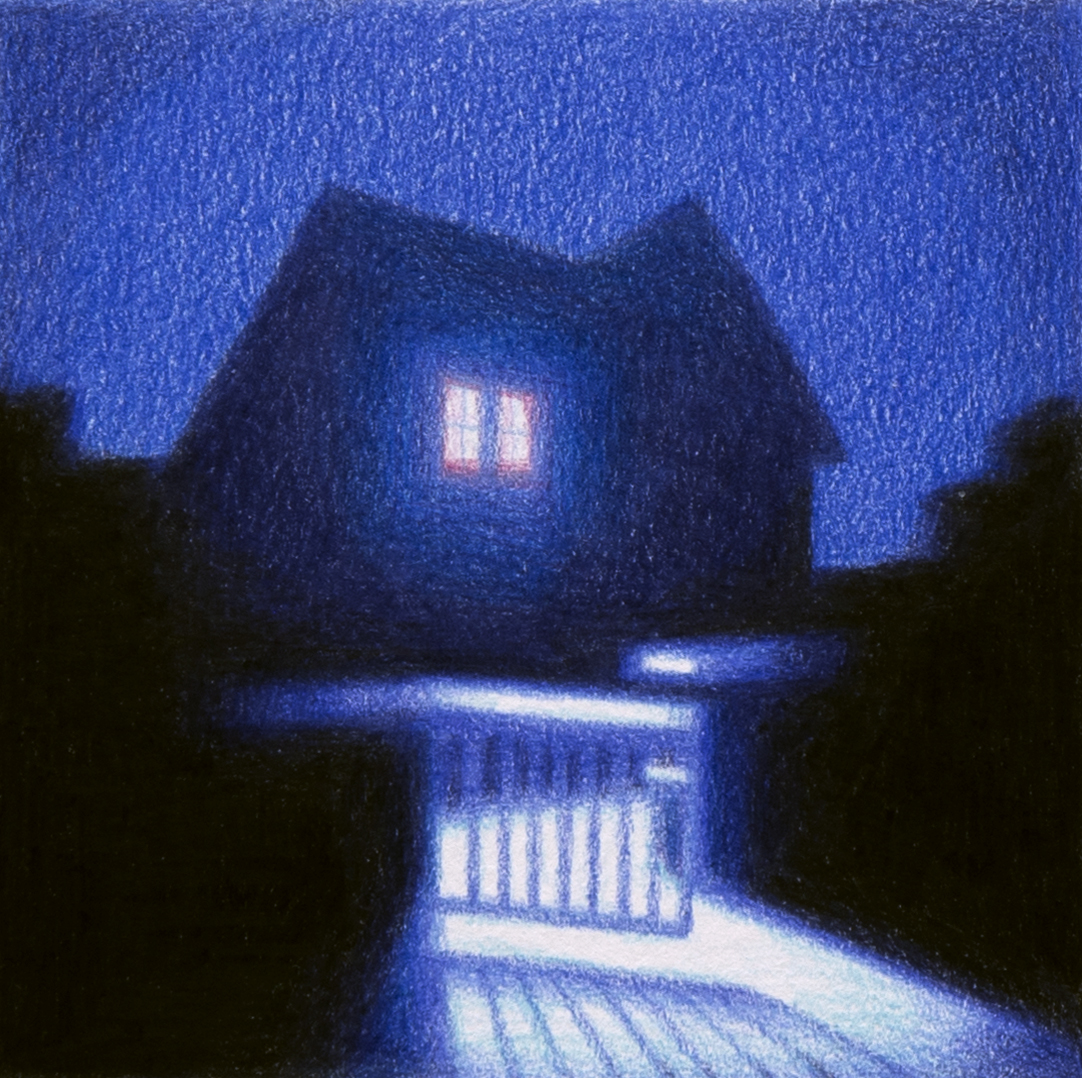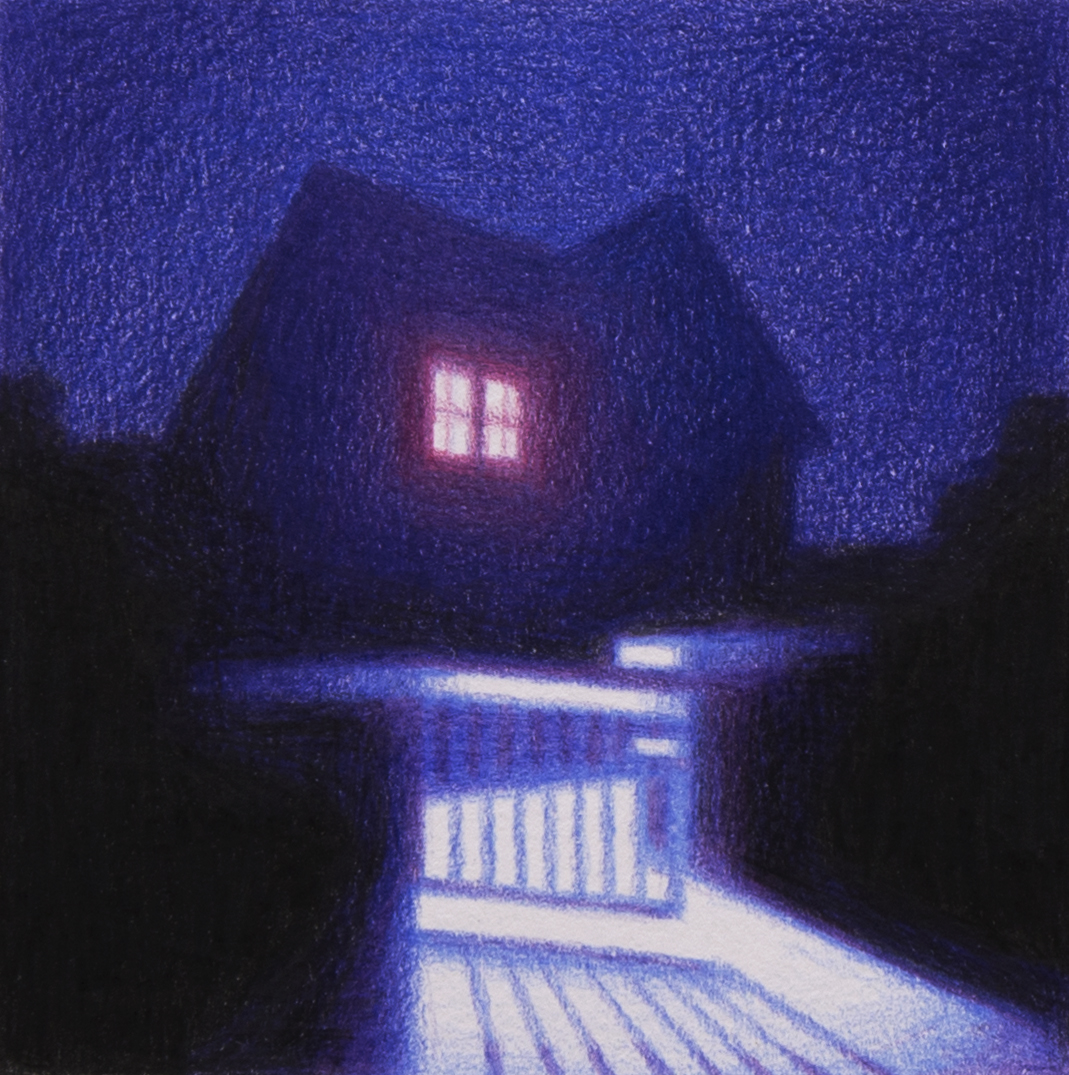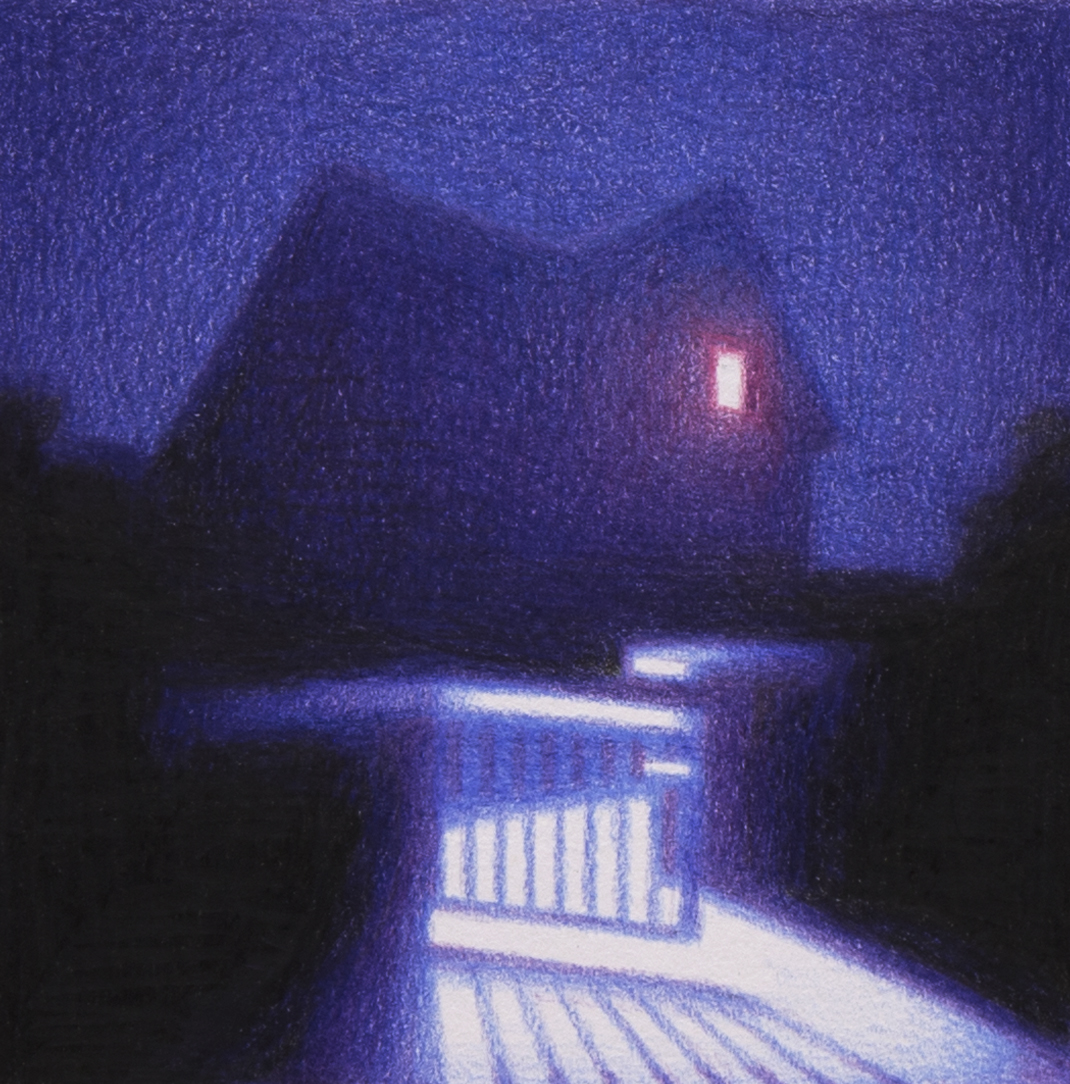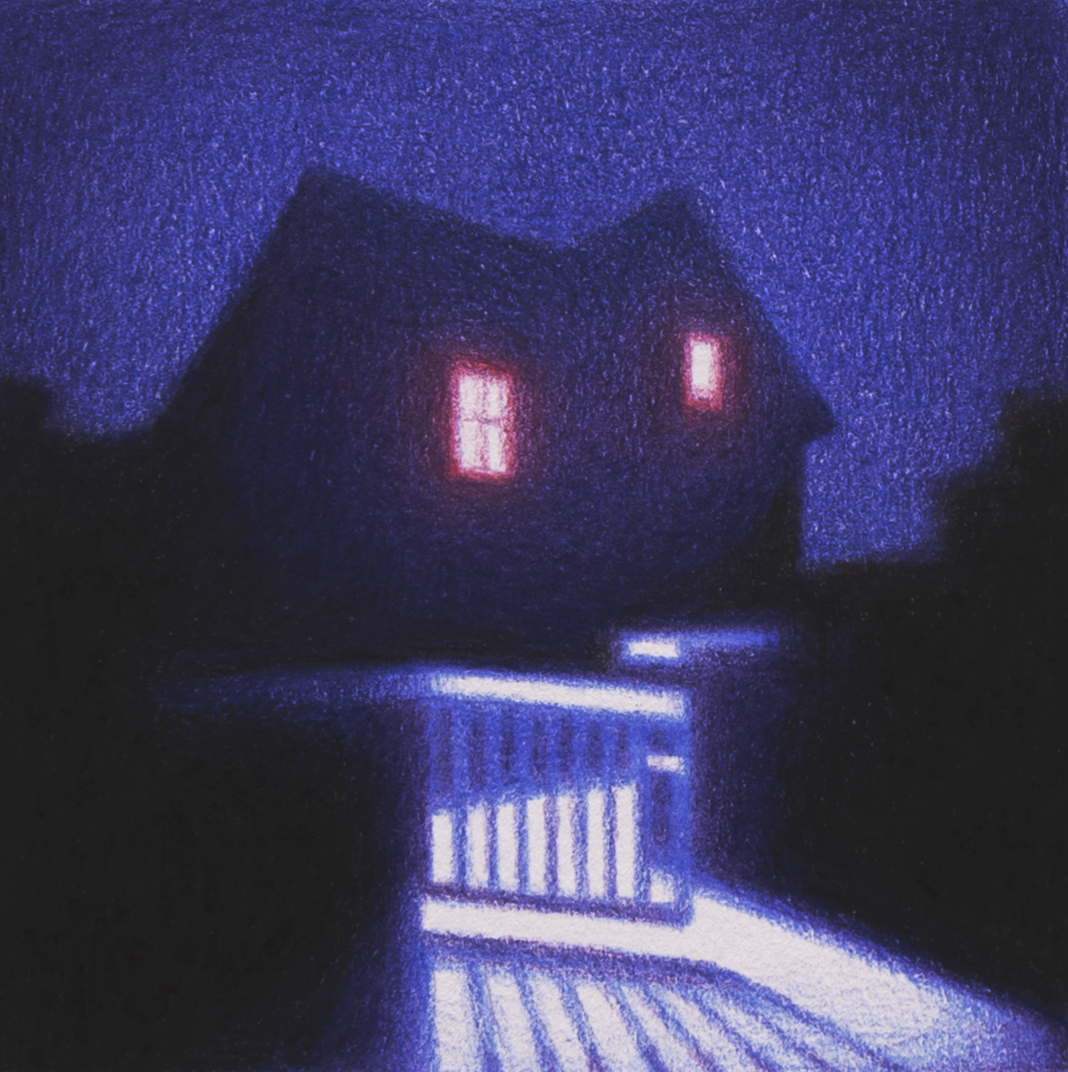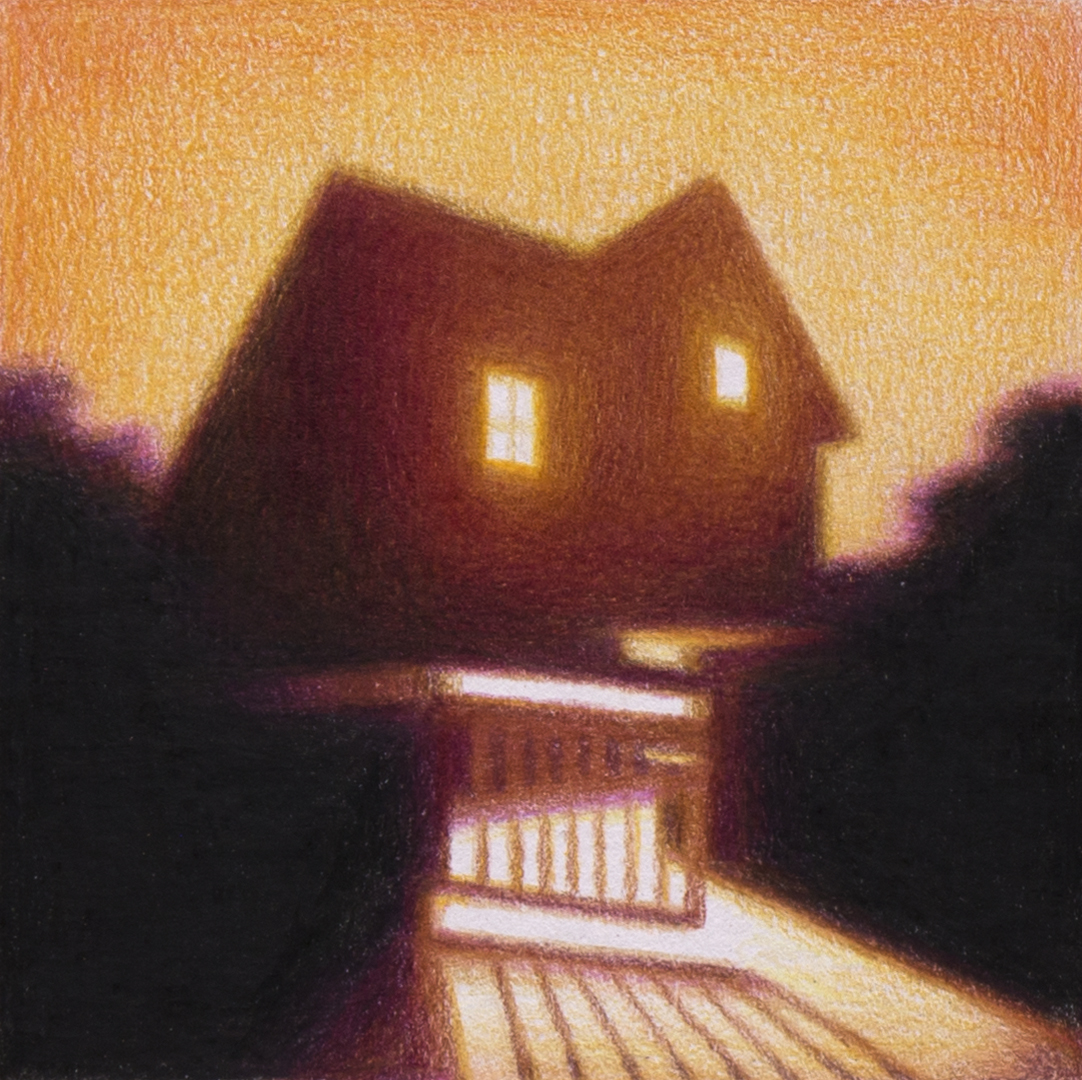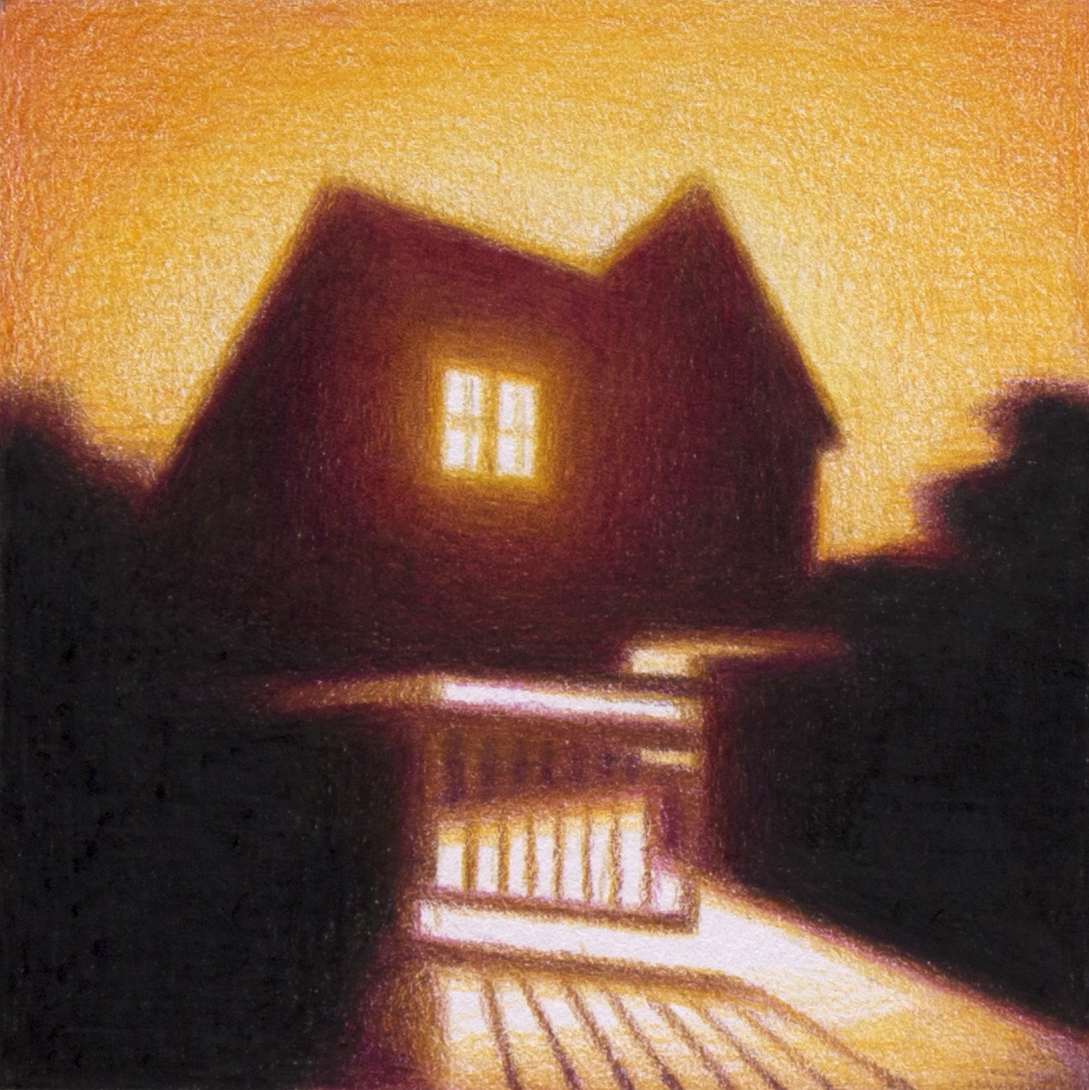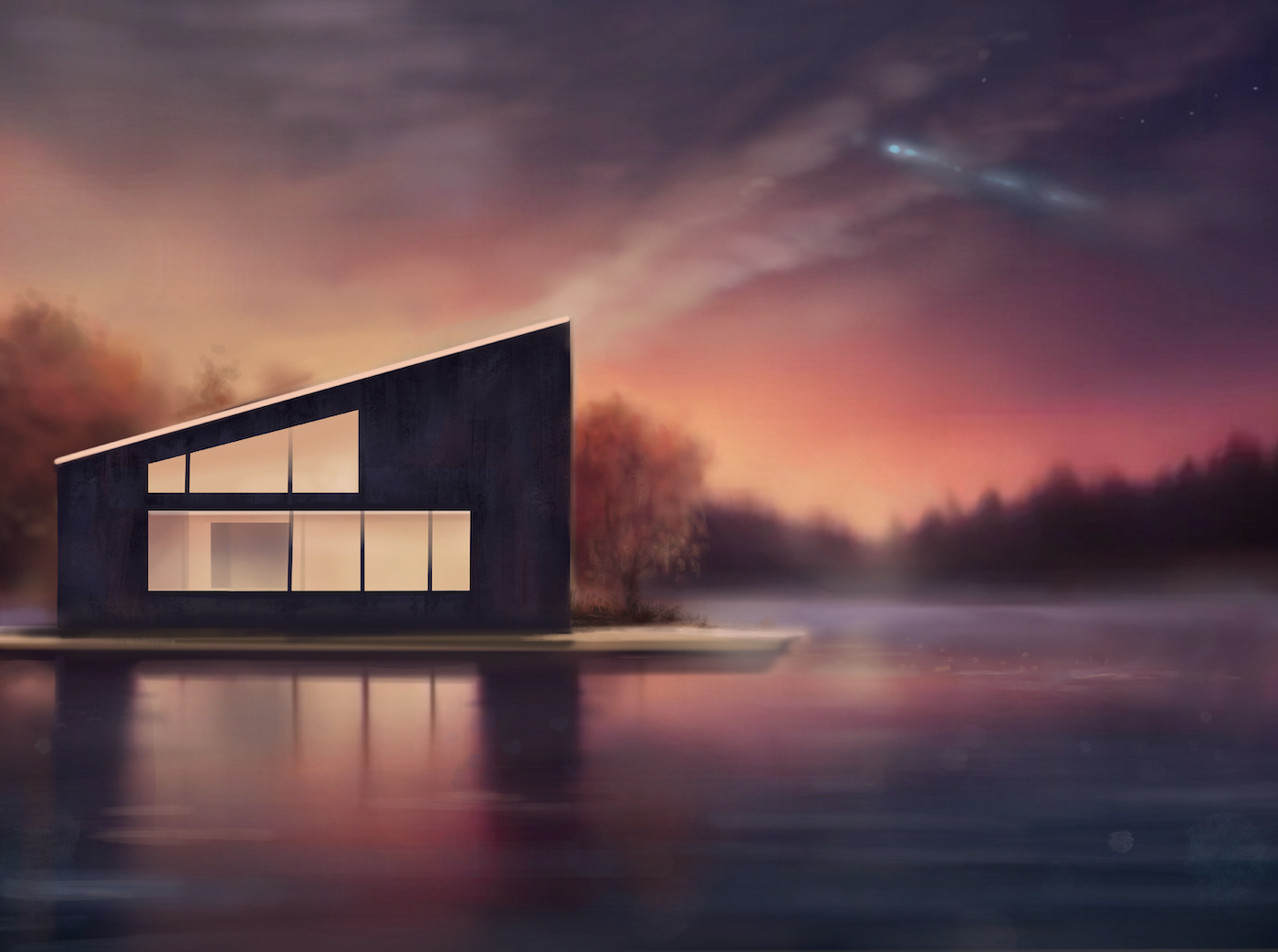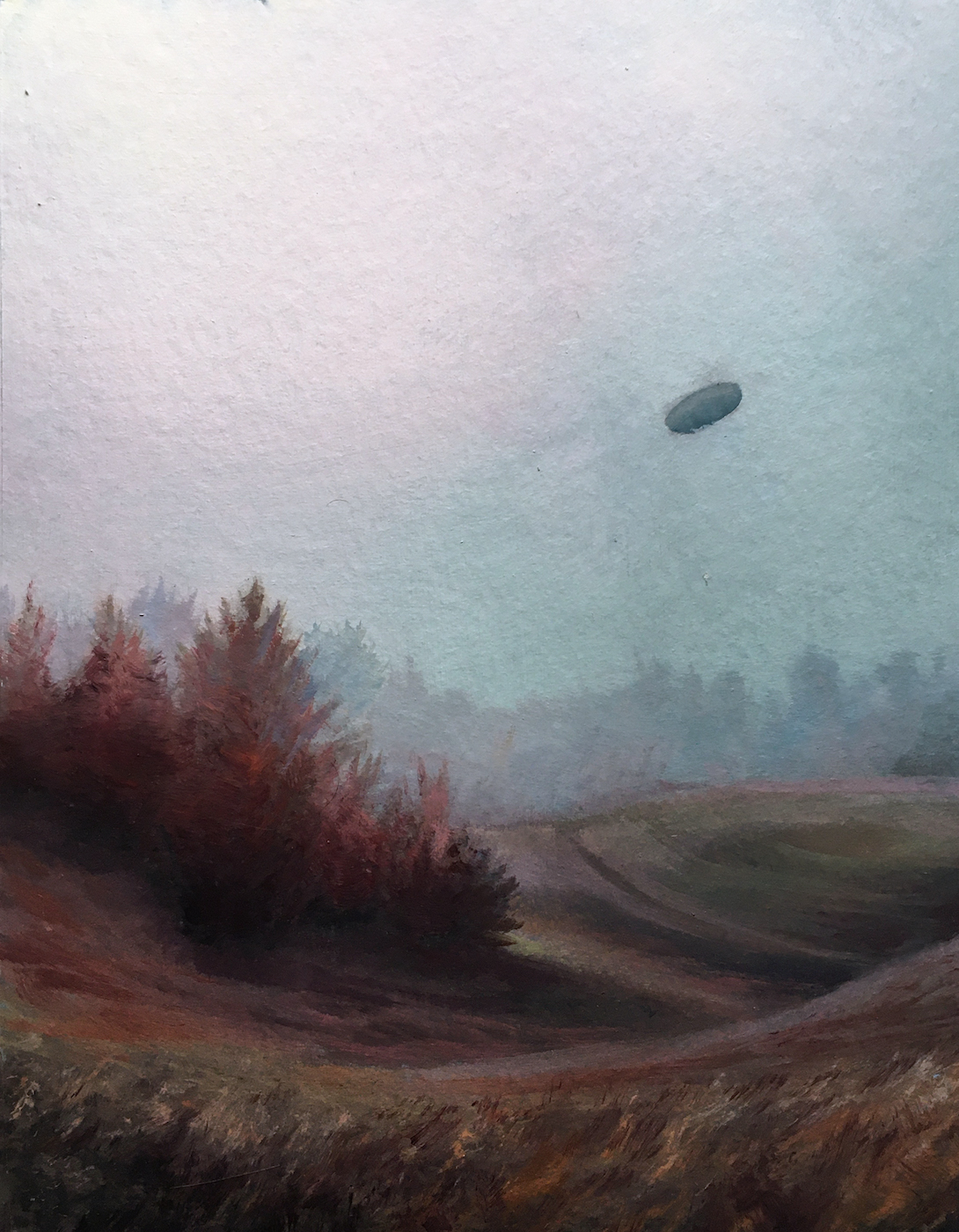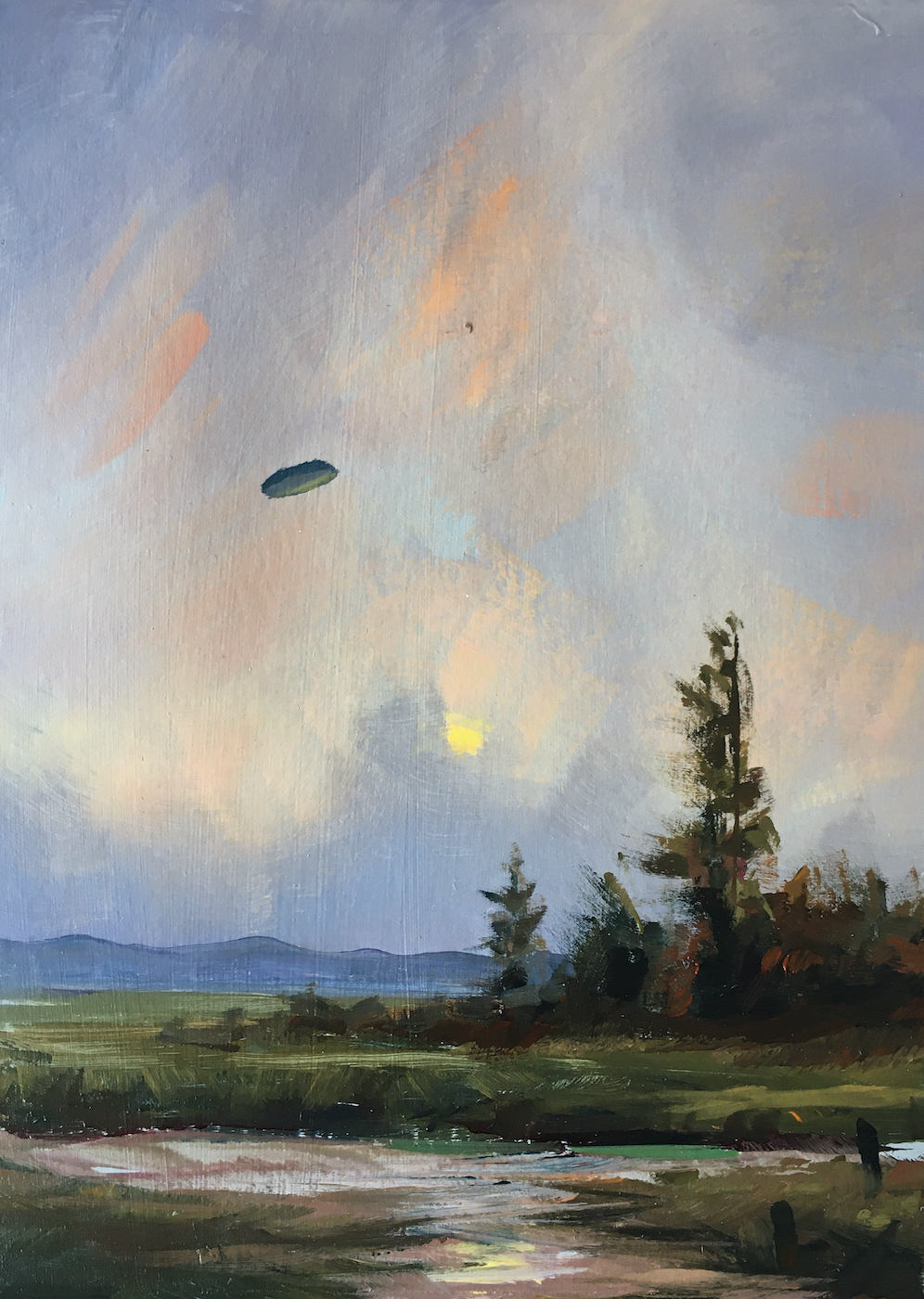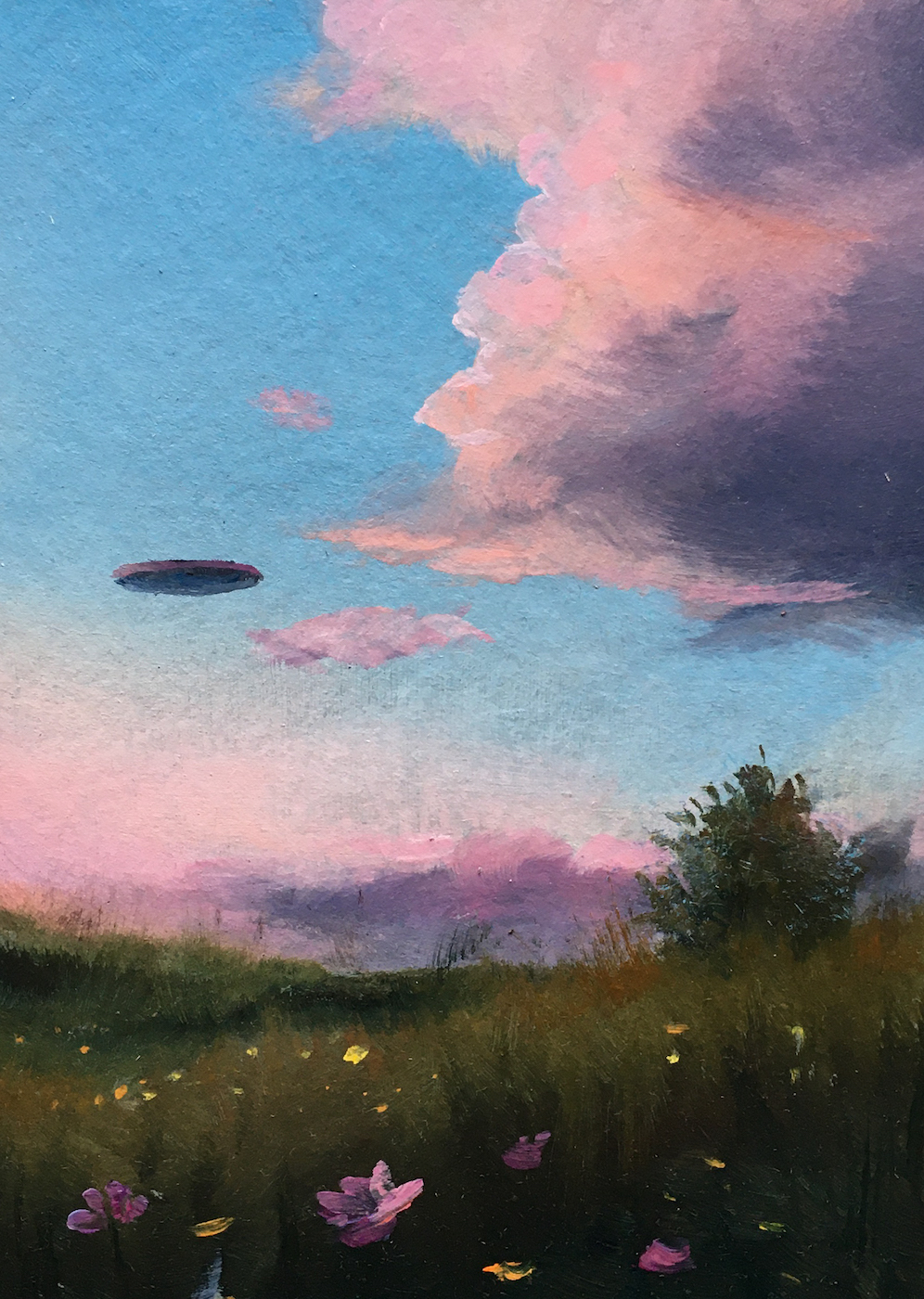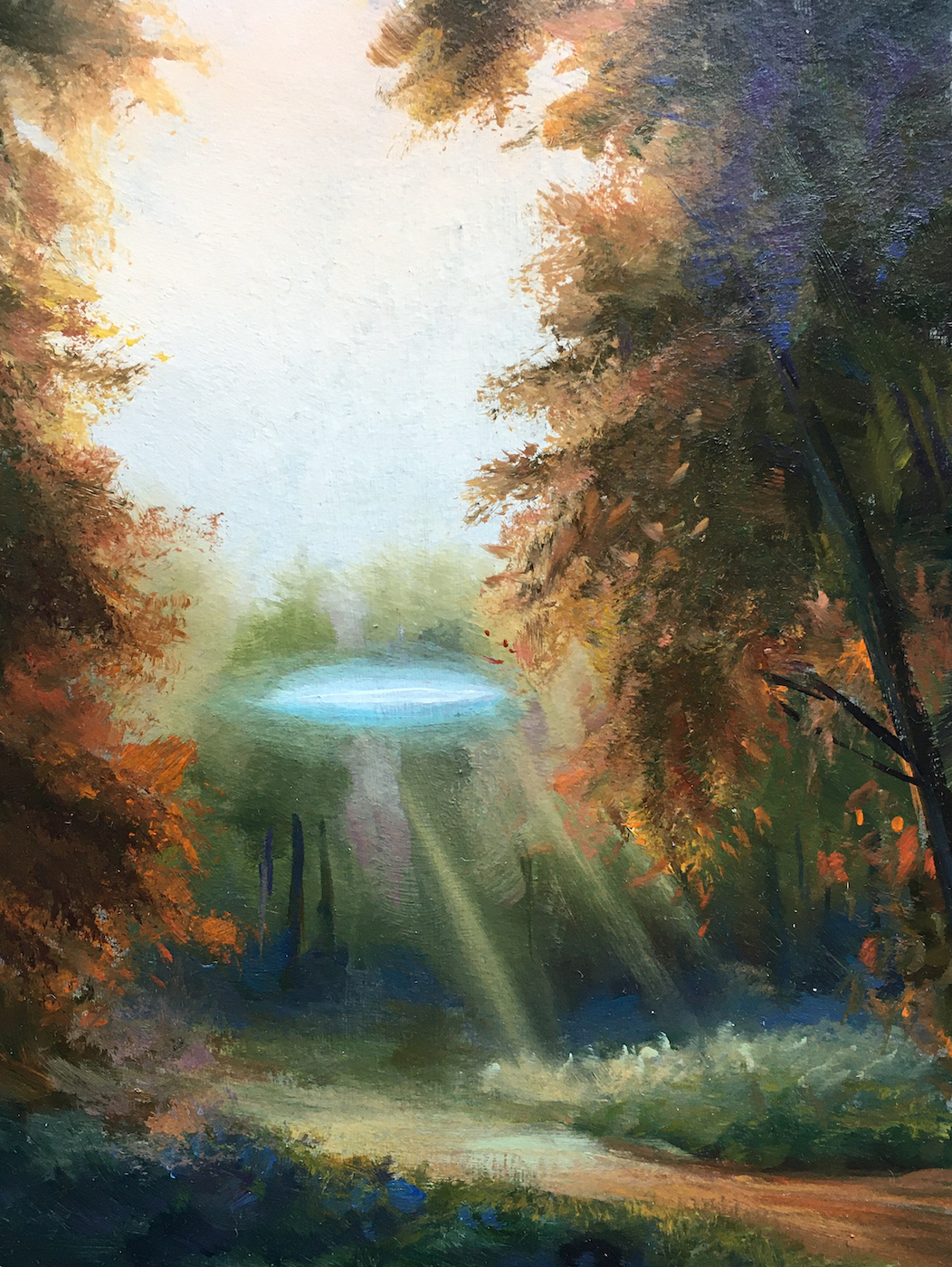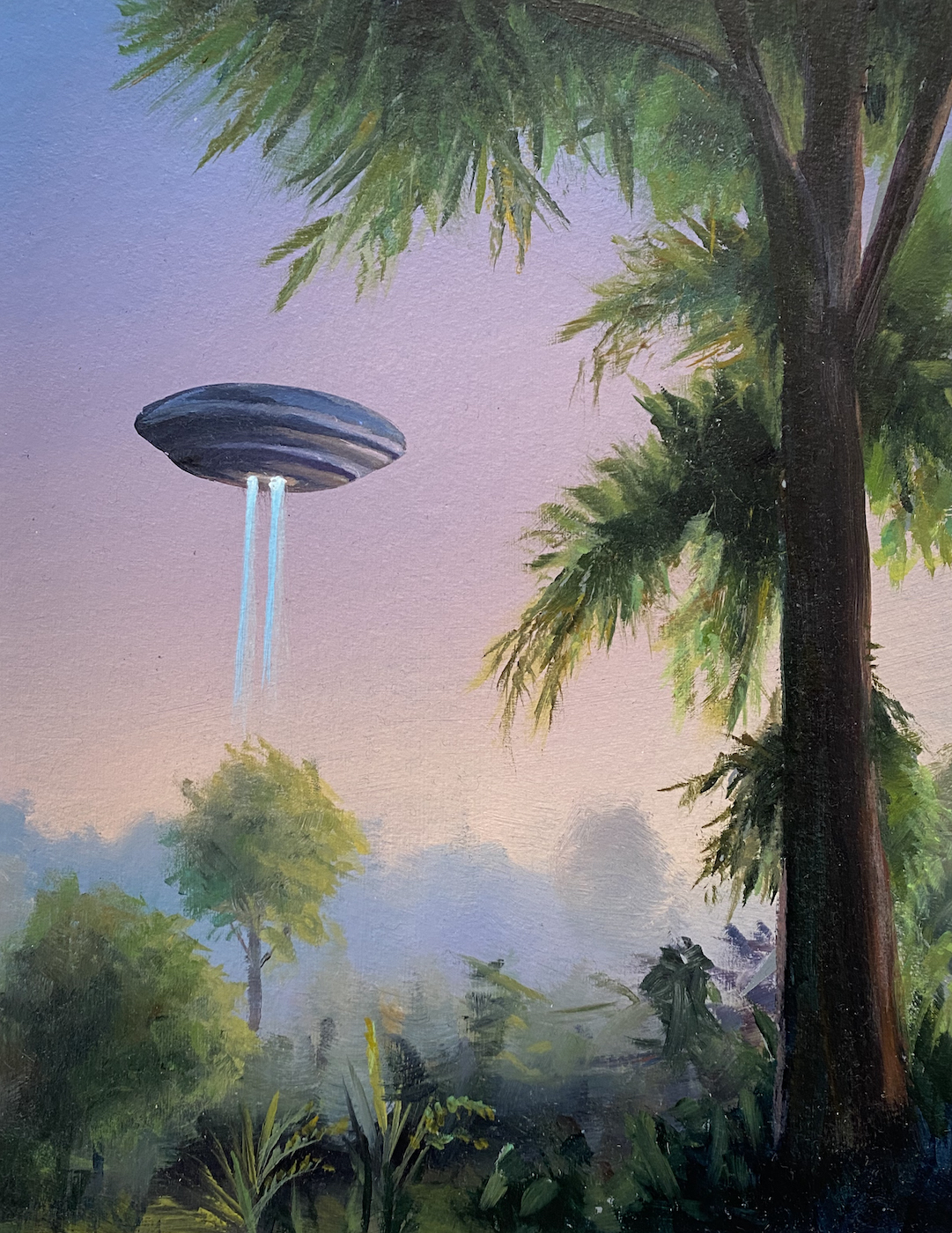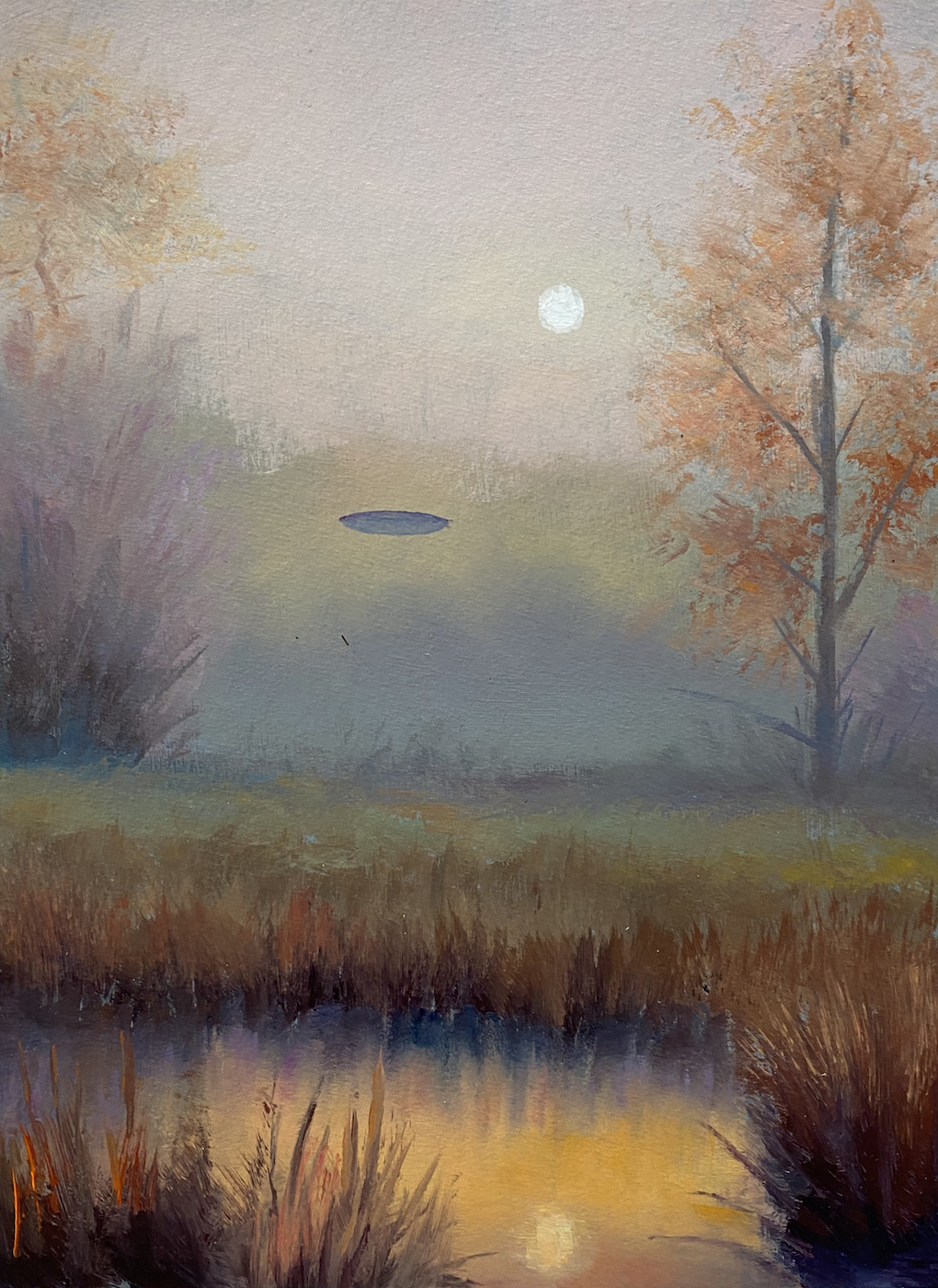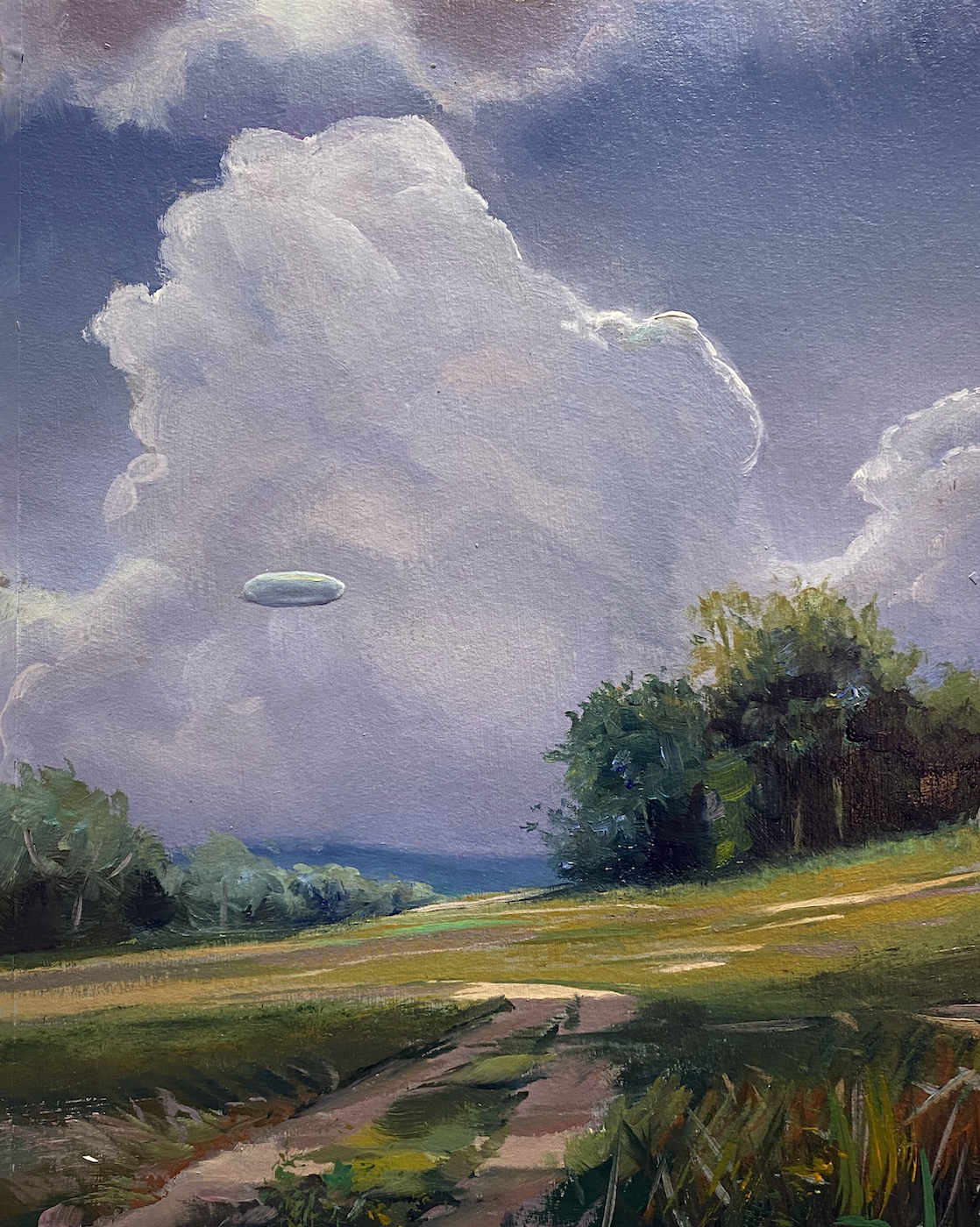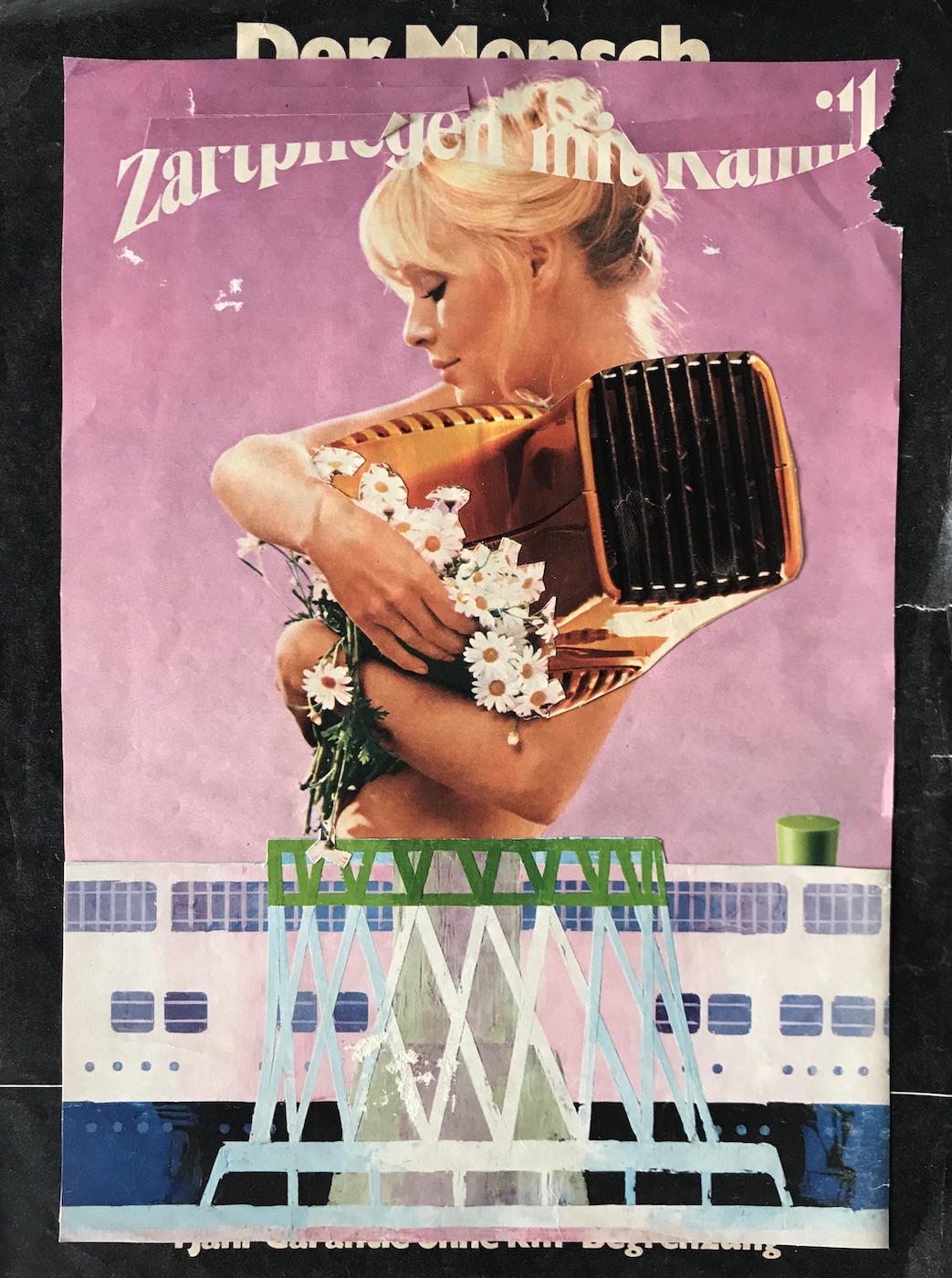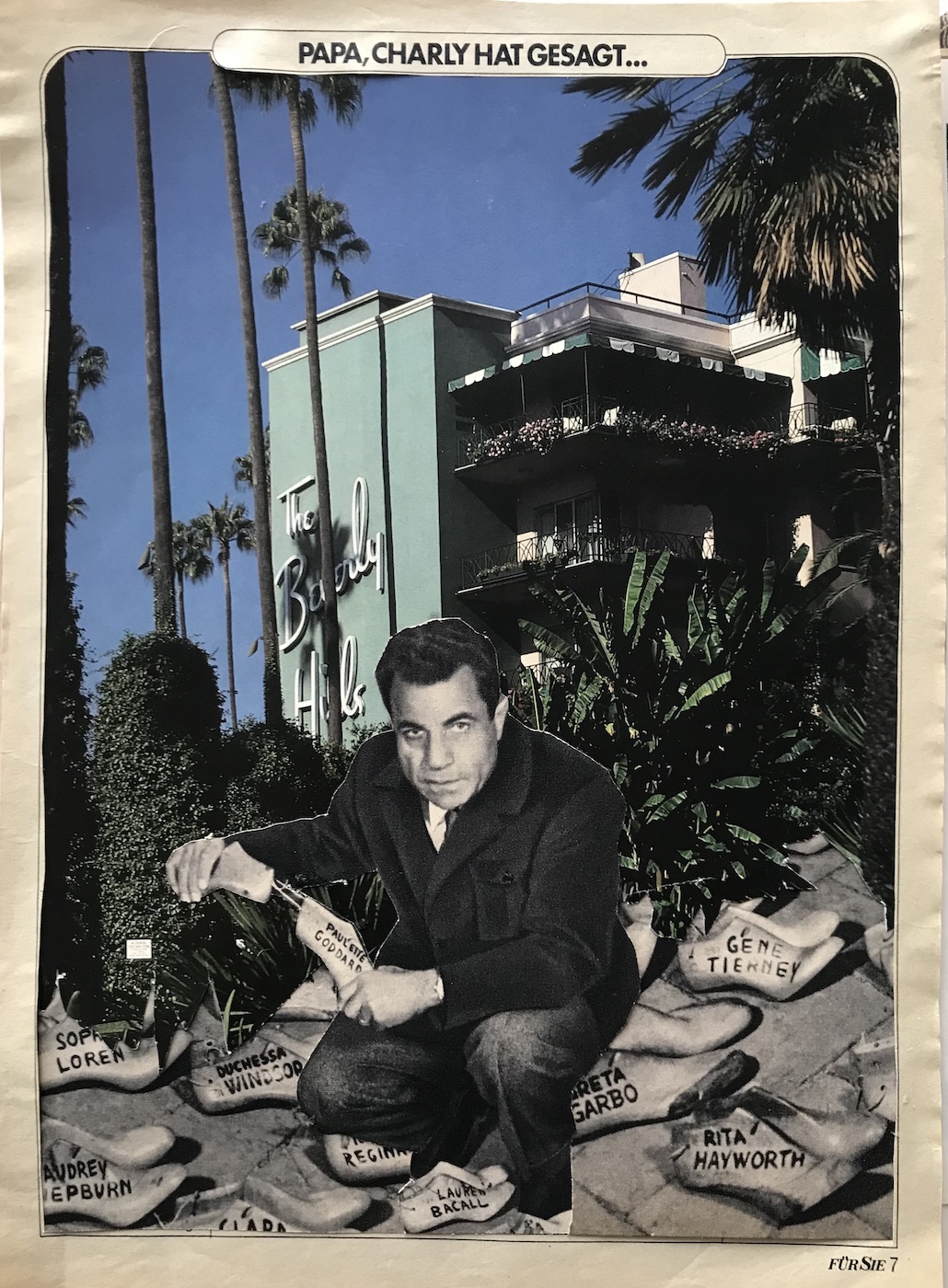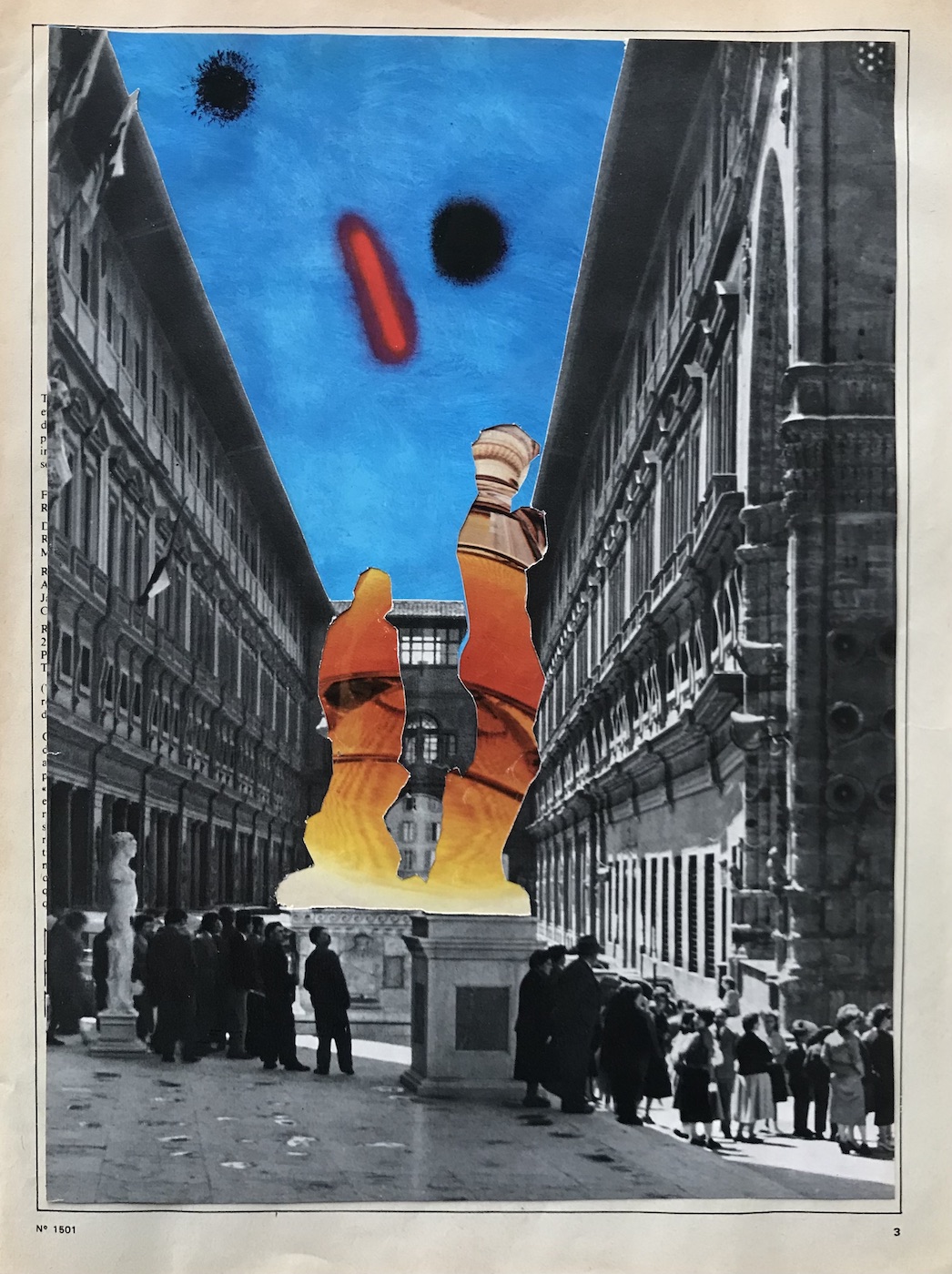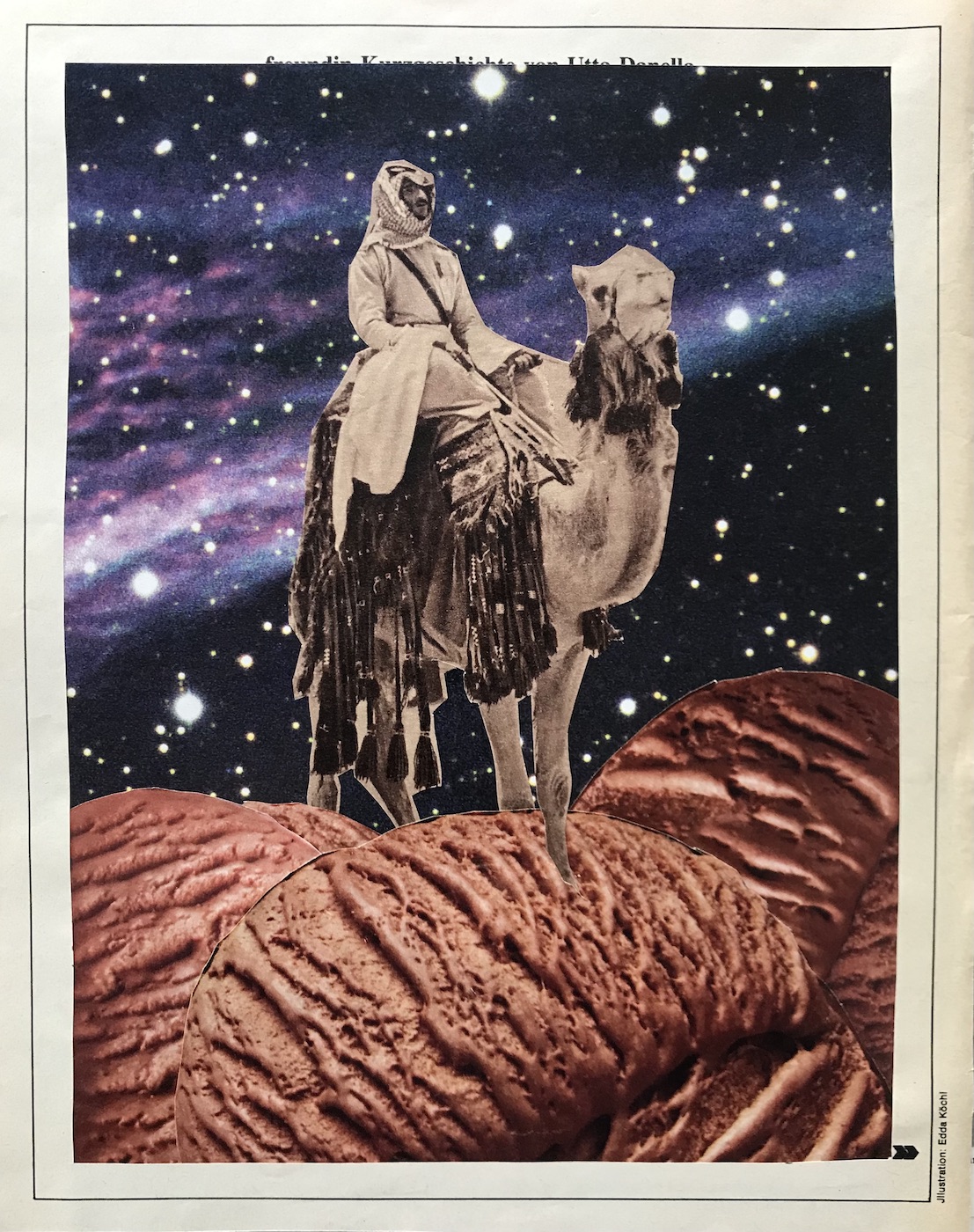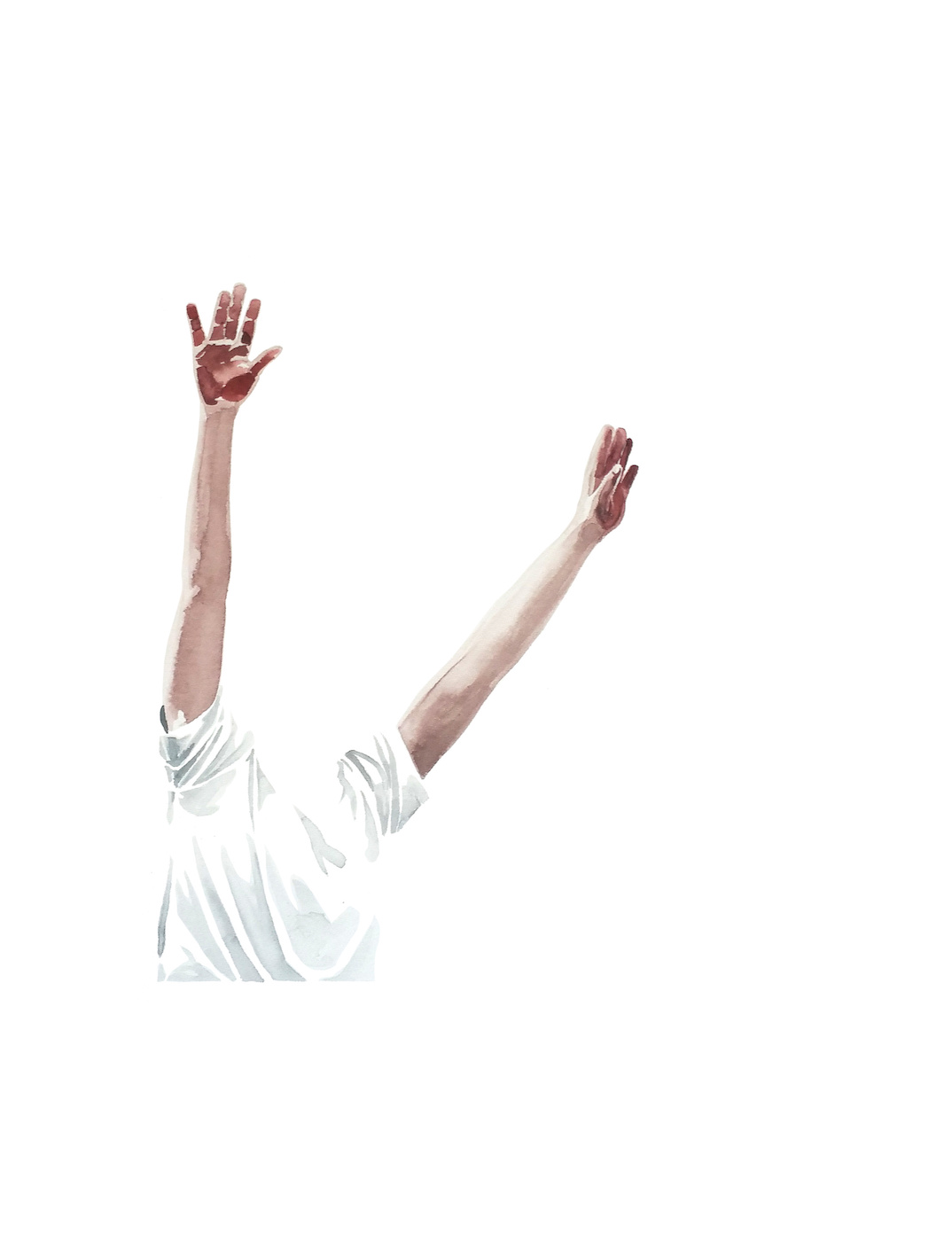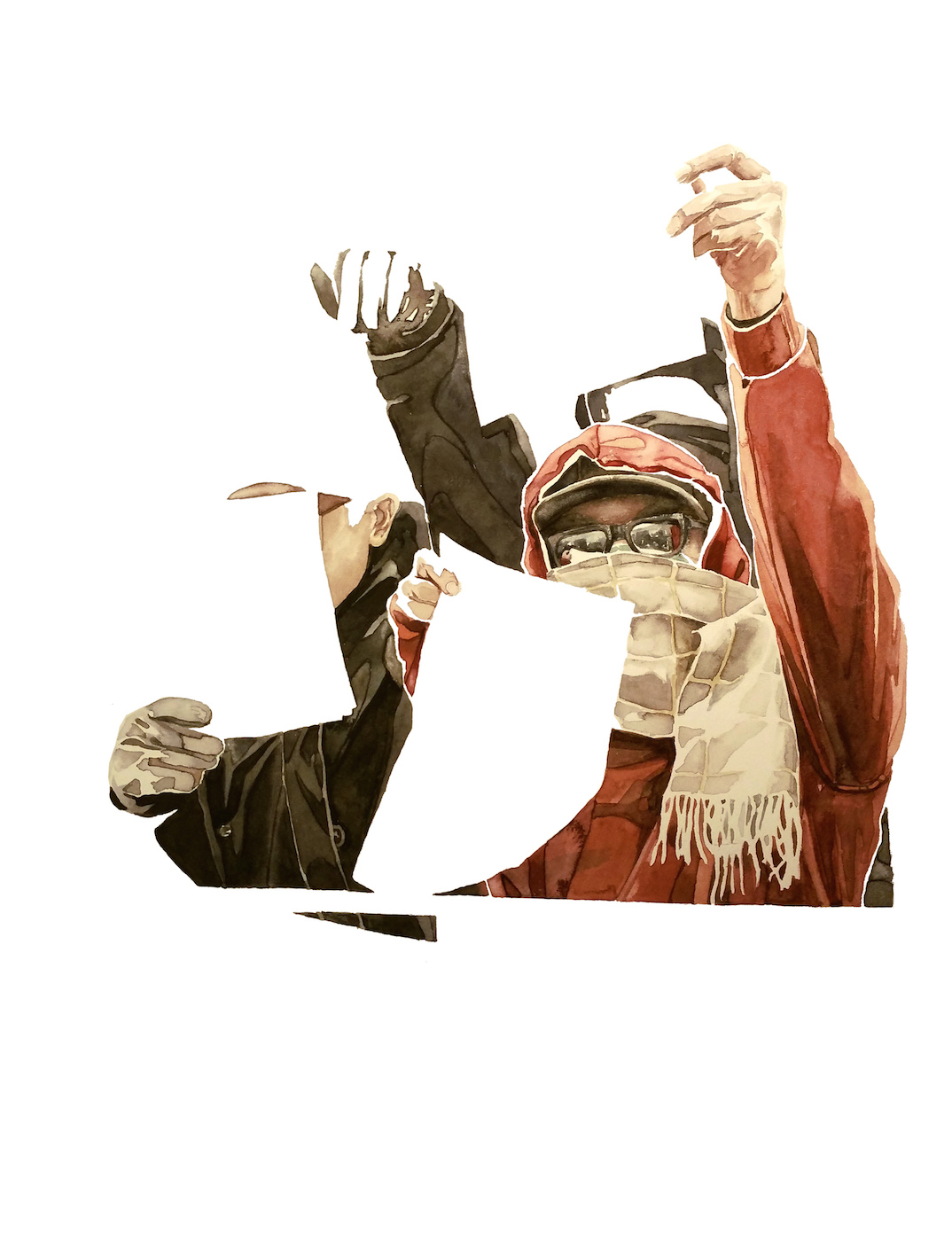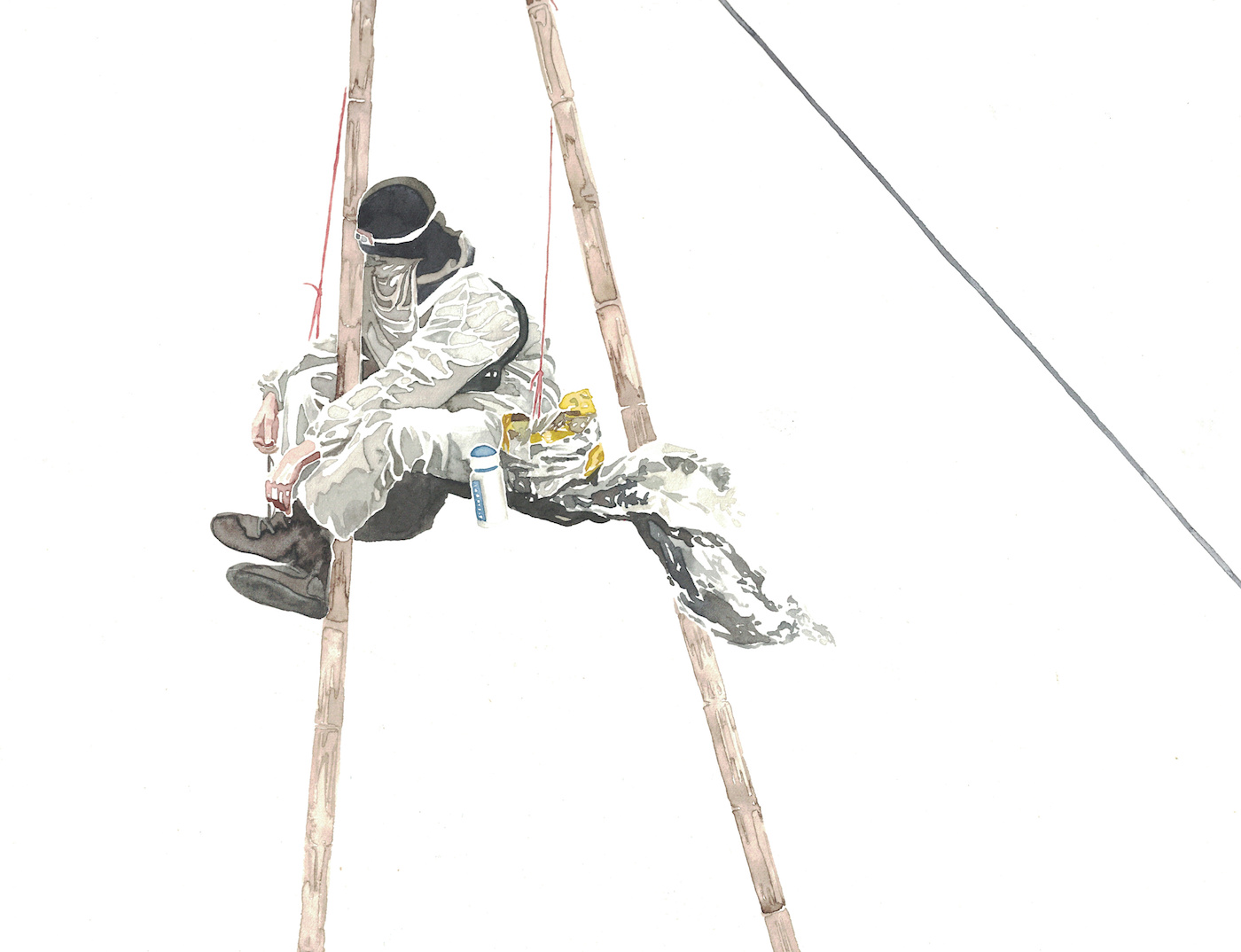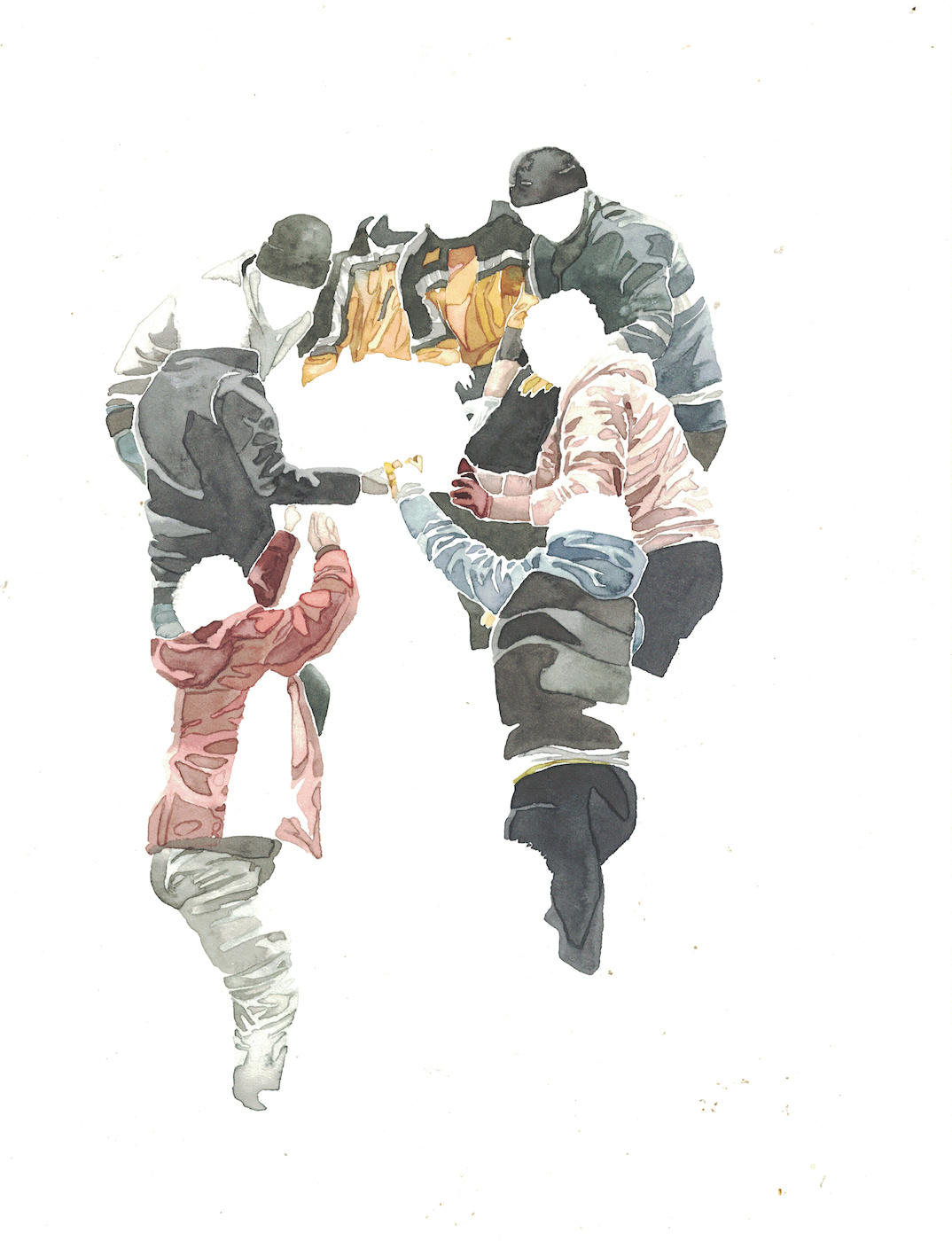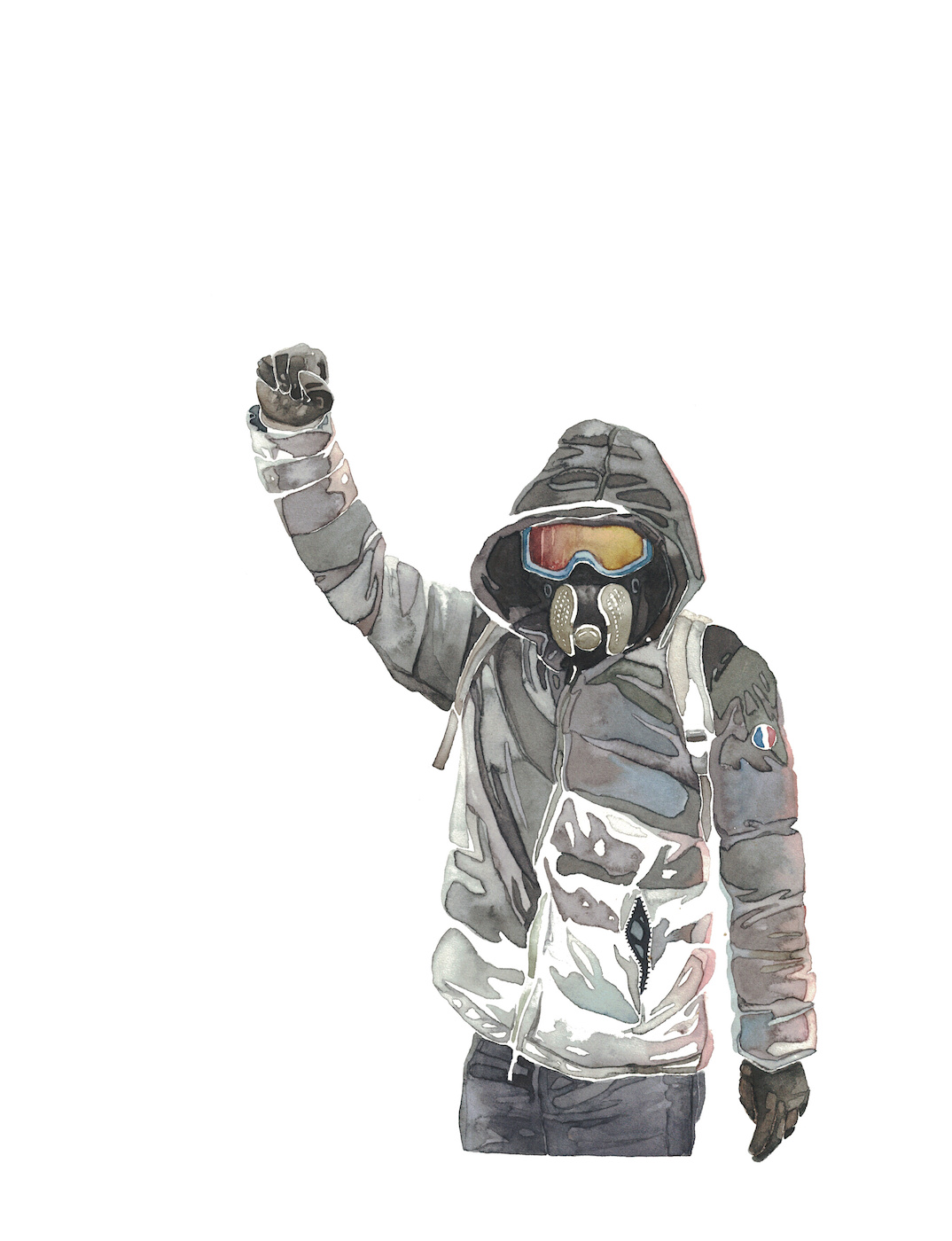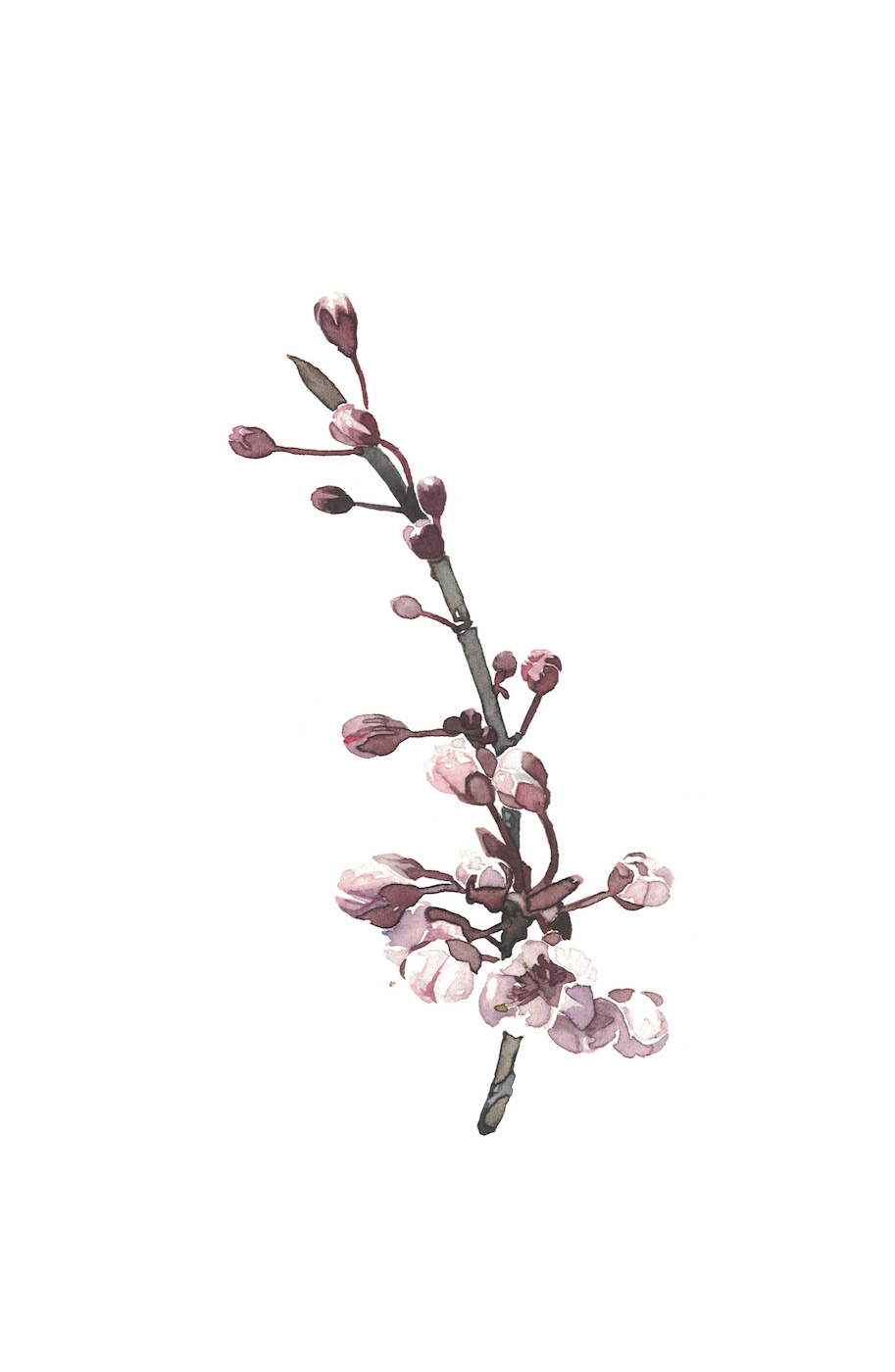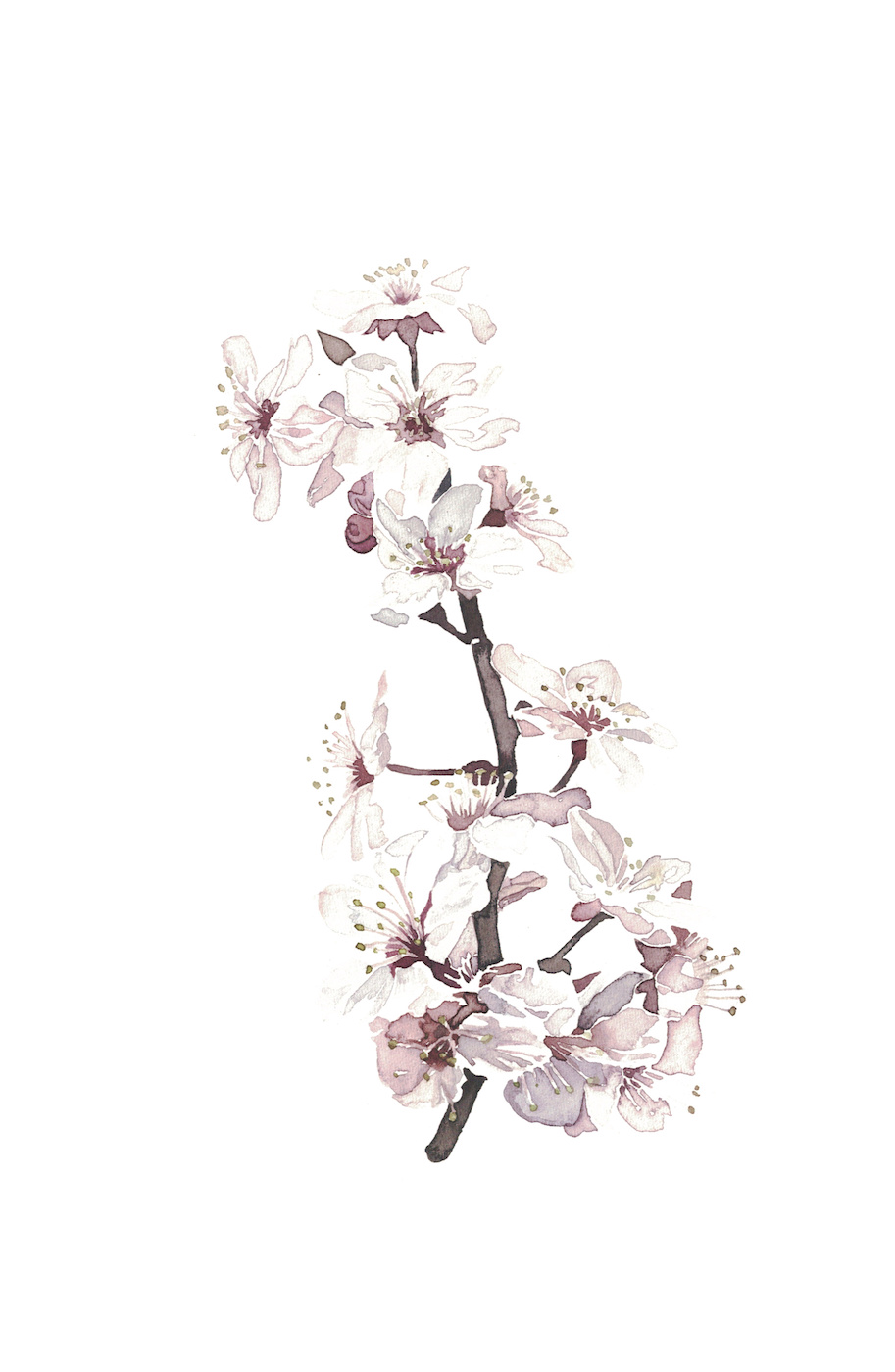Editions
ARNO BECK
The fact that digital images are based on information rather than material makes the process of translation into physical existence central to Arno Beck as a painter. The goal is to make digital images tangible and physically experienceable while subverting the slipperiness of technology.
BRAM BRAAM
The search for the pristine traces found in our urban environment - a landscape dominated by architecture - are the starting point for the work of Dutch artist Bram Braam. This search manifests itself in a sculptural and poetic representation of materiality and decay. (Sarie Nijboer)
HIROFUMI FUJIWARA
Hirofumi Fujiwara is inspired by the diversity of people he encounters in his everyday life. In observing these multifaceted personalities, however, the artist does not so much claim to reproduce them in detail. Rather, he is on the lookout for details of the many, diverse people you collect for his artistic projects. (Elisa Hornacek)
PETER HEIKENWÄLDER
In Peter Heikenwälders drawings organic-amorphous elements stand, float, move in a dark but not impenetrable pictorial space. Each layer reacts to the one before it, and each layer, however shadowy, remains visible at the end. Heikenwälder's abstract vocabulary of forms, plays-without concrete reference to a narrative context-with our own experiential worlds and thus creates associations of representationalism in the viewer; it provokes our imagination and yet leaves everything open.
STEFFEN KERN
You think you know them, these places, and yet they are not part of the usual and everyday. They are perfect. Without traces of use and without the imprint of time, they become models, prototypes of our imaginary cosmos. The collective memory of the Western world, its dream of efficiency and flawlessness constitute the pictorial treasure that Steffen Kern's art reflects. (Cathrin Klingsöhr-Leroy)
JOHANNES KERSTING
Small, everyday observations, details of unspectacular utilitarian architecture and unusual lighting situations come together to form a puzzling puzzle of observation; new pictorial inventions of virtual reality, of digital space do the rest to undermine the viewer's comprehension. Ultimately, it remains to be said that Johannes Kersting follows a will to explore, to wrest new aspects from the specific traditions of painting and photography and to transfer them into a liberated concept of the image.
For decades, UFO sightings have been a staple of pop culture and have fascinated people worldwide. Regardless of whether images of UFO sightings are real or not, they fuel people's imaginations and make us wonder if we are alone in the universe. Especially in times of conspiracy myths and fake news, the UFO sighting can be considered a classic among those very narratives that balance on the fine line between science and faith. In his series I want to believe, Kersting traces this pop-cultural phenomenon by stripping the photographic images of UFOs of their nimbus as evidence and translating them into painting. In this way, the focus is on their aesthetic content as a landscape painting with a postmodern-ironic undertone.
MICHAEL PELTZER
Found, collected, old and new result in important source materials for the artist Michael Peltzer. His collages are independent, but also offer again and again approaches for his painting. Composed of collected magazines, daily newspapers, illustrated books, postcards or copies, new worlds emerge, which can often be further processed as a pictorial motif or idea. (Gisbert Danberg)
ACHIM RIETHMANN
Global and social exceptional situations form the thematic starting point of Achim Riethmann. These can be natural disasters, accidents, but also armed conflicts. He uses press images, images from the Internet or his own photos, from which he appropriates certain sections and uses them as a template for his painting. With human figures, he is usually concerned with the role that this figure fulfills in a crisis situation. The fragments used, in contrast to pictorial elements not depicted, create a field of tension for thematic as well as spatial interpretations, both in terms of content and form.
Every month another edition is published that deals with a current occasion.
SOPHIE ULLRICH
Sophie Ullrich uses for her edition pieces of fabric that fall off during the construction of the canvases. On the so-called painter's rags, the brushes are brushed off or color combinations are tried out, the offshoots of her painting she collects and draws on again and again as sketches for ideas. The application of paint is passive in contrast to active painting on the actual canvases. The sharpie, a recurring motif in her work, is also added as an indirect application of paint by means of screen printing. The narrative drawing is applied individually, making each work unique. The edition reflects her interface between narration, abstract pictorial elements and schematic backgrounds.

